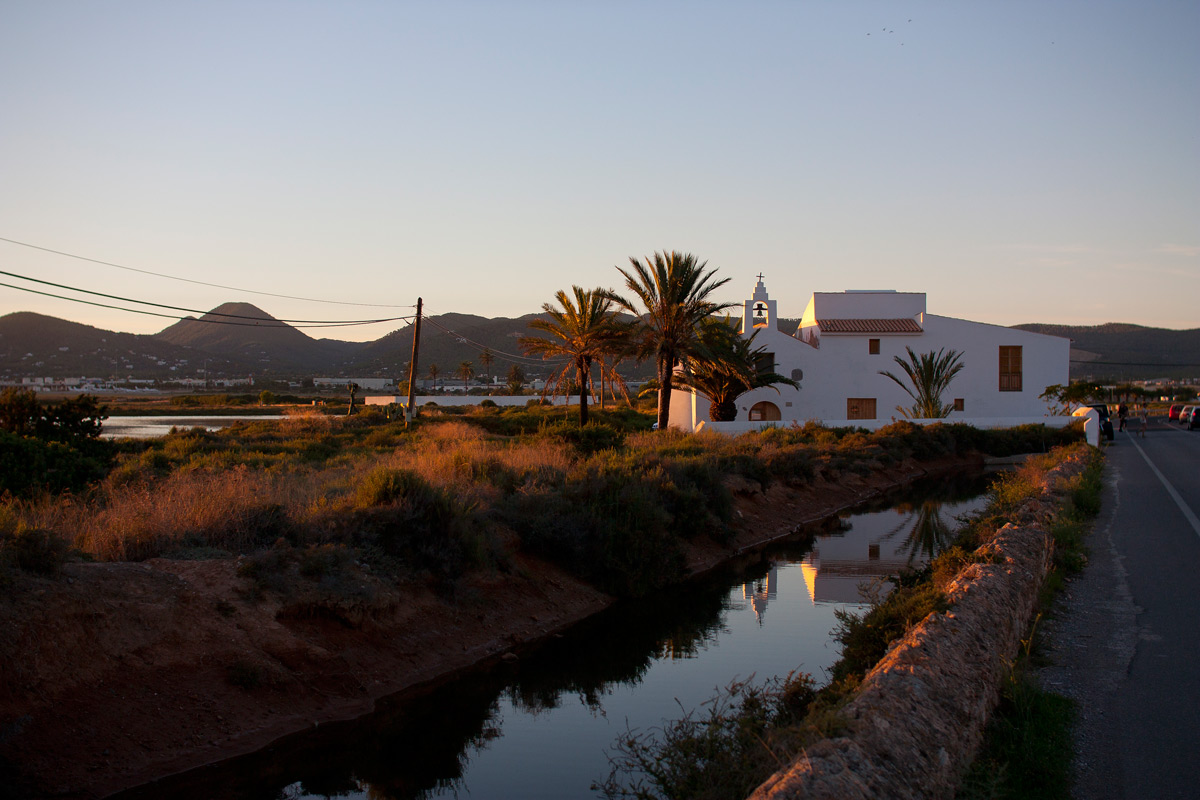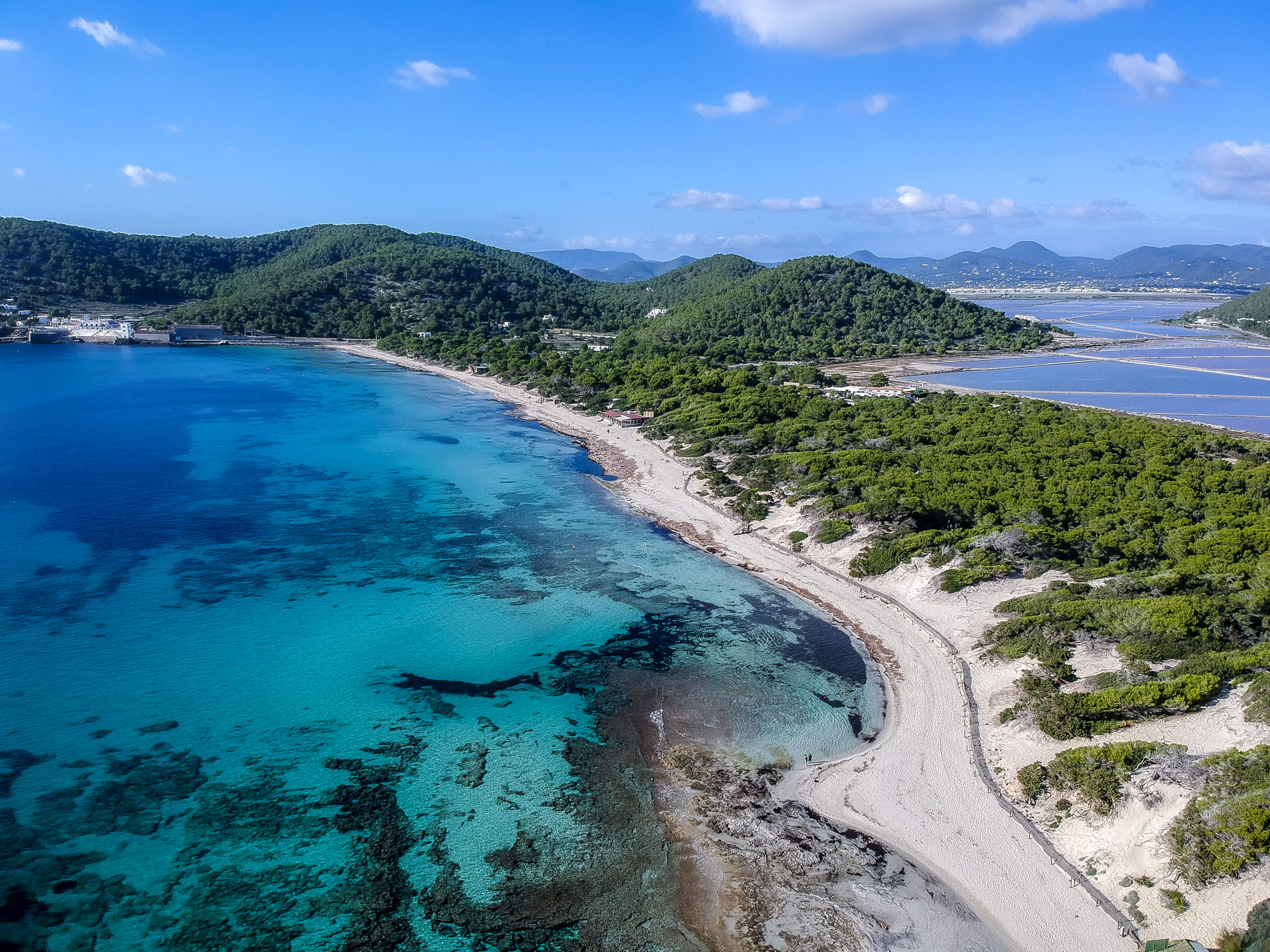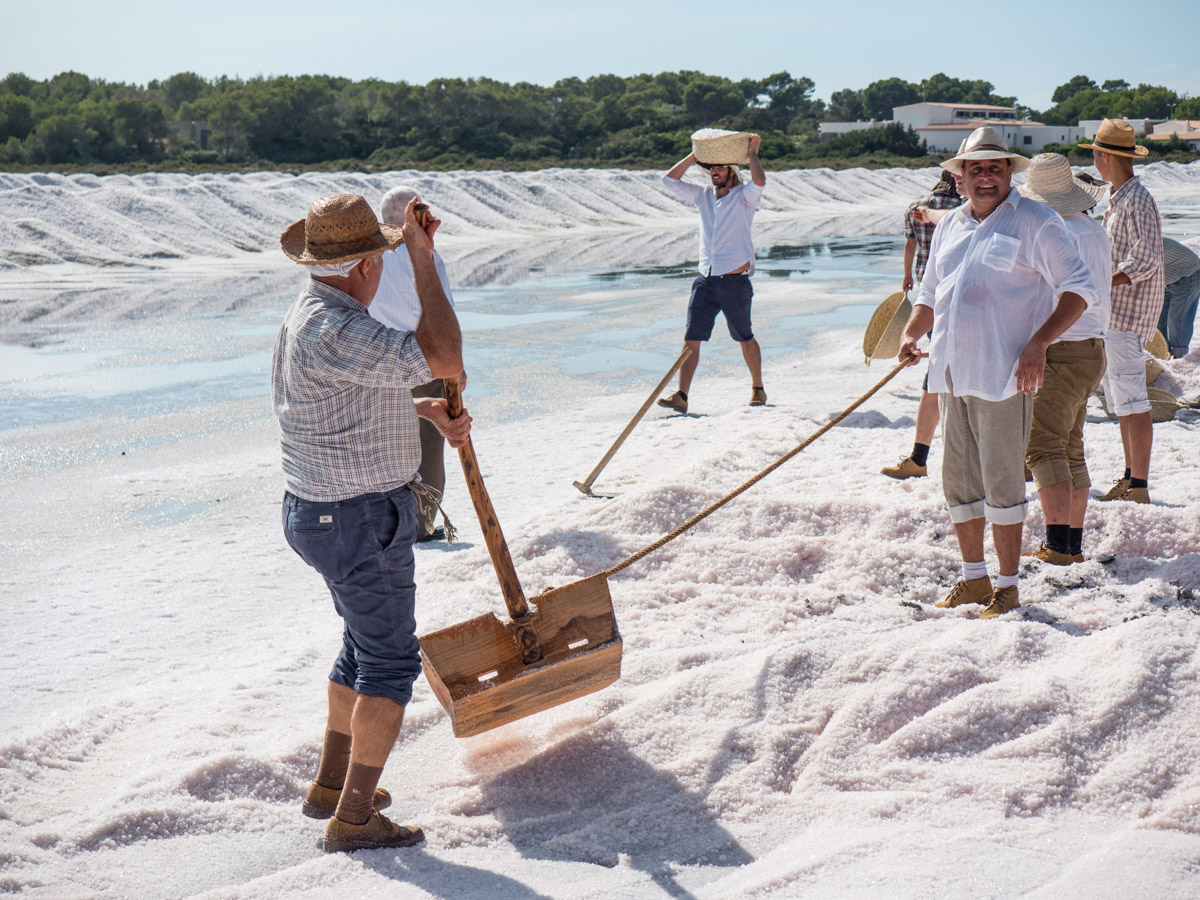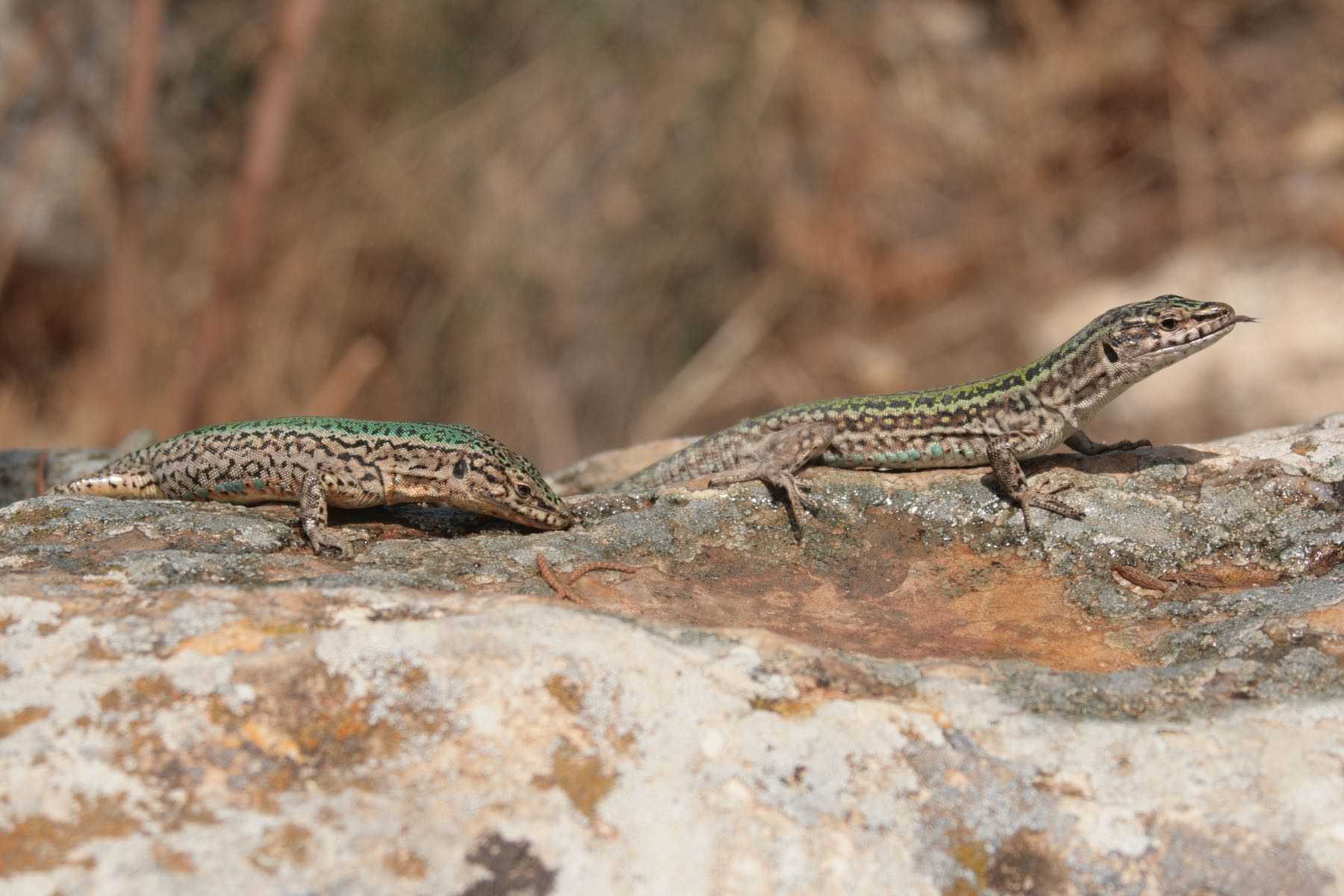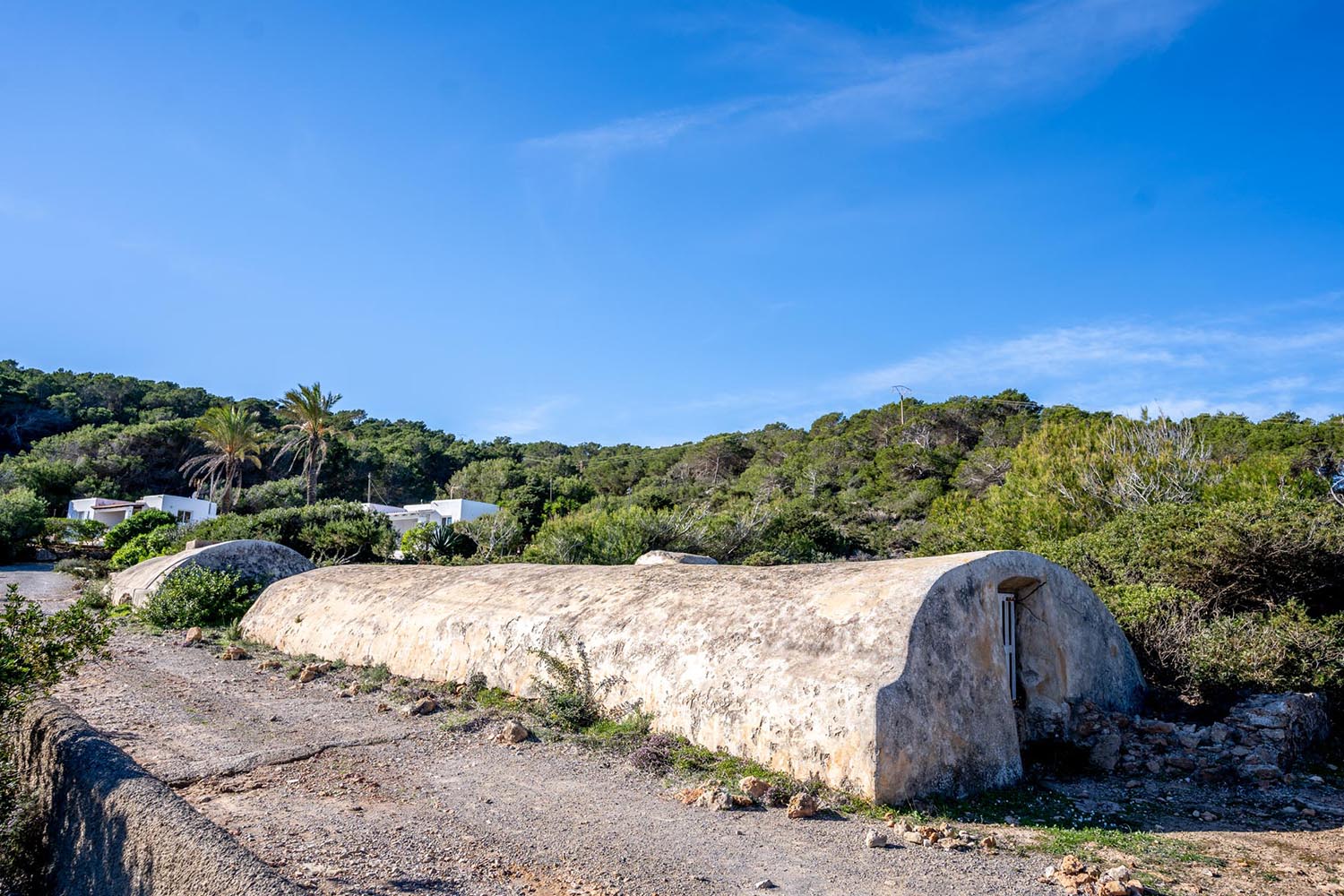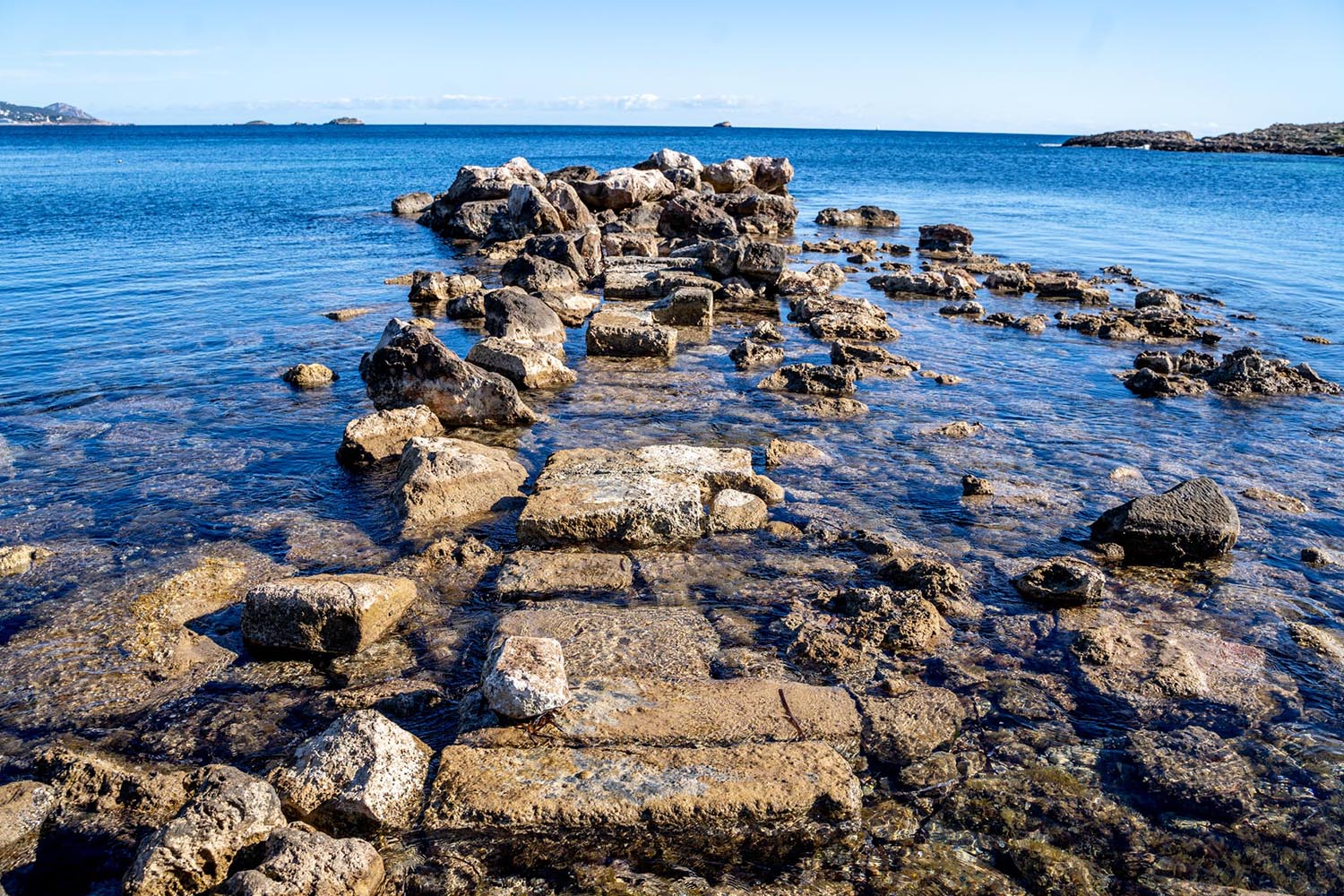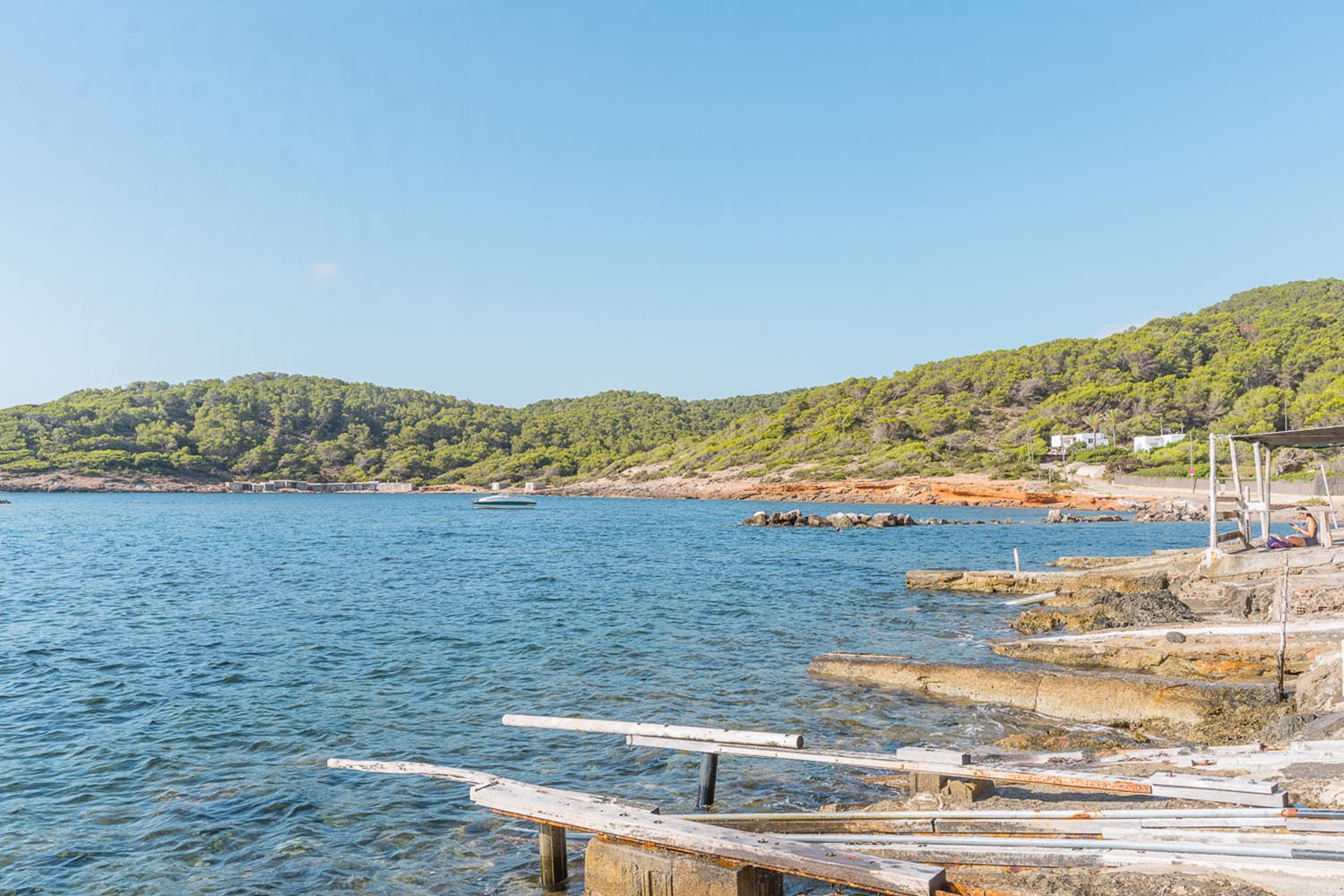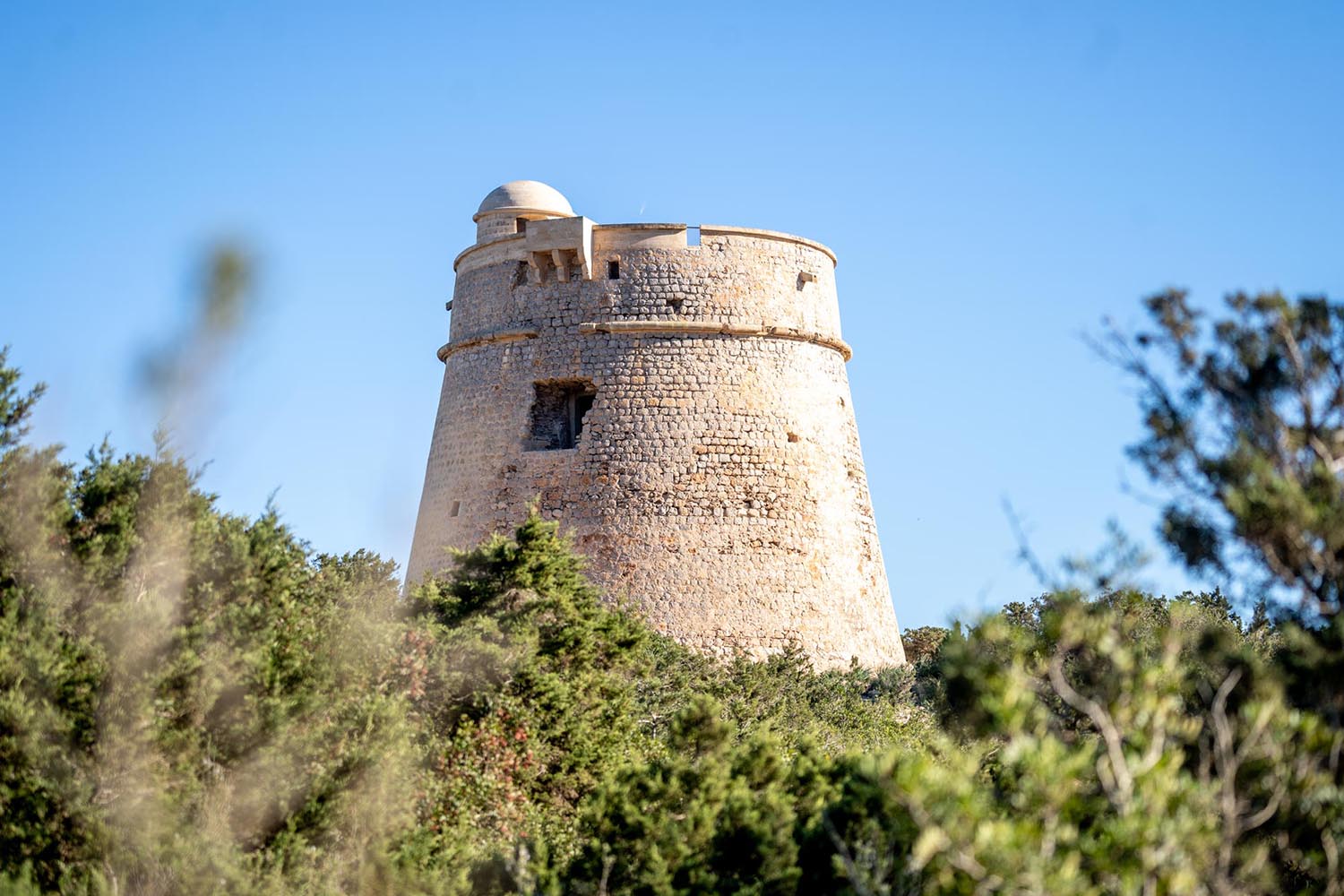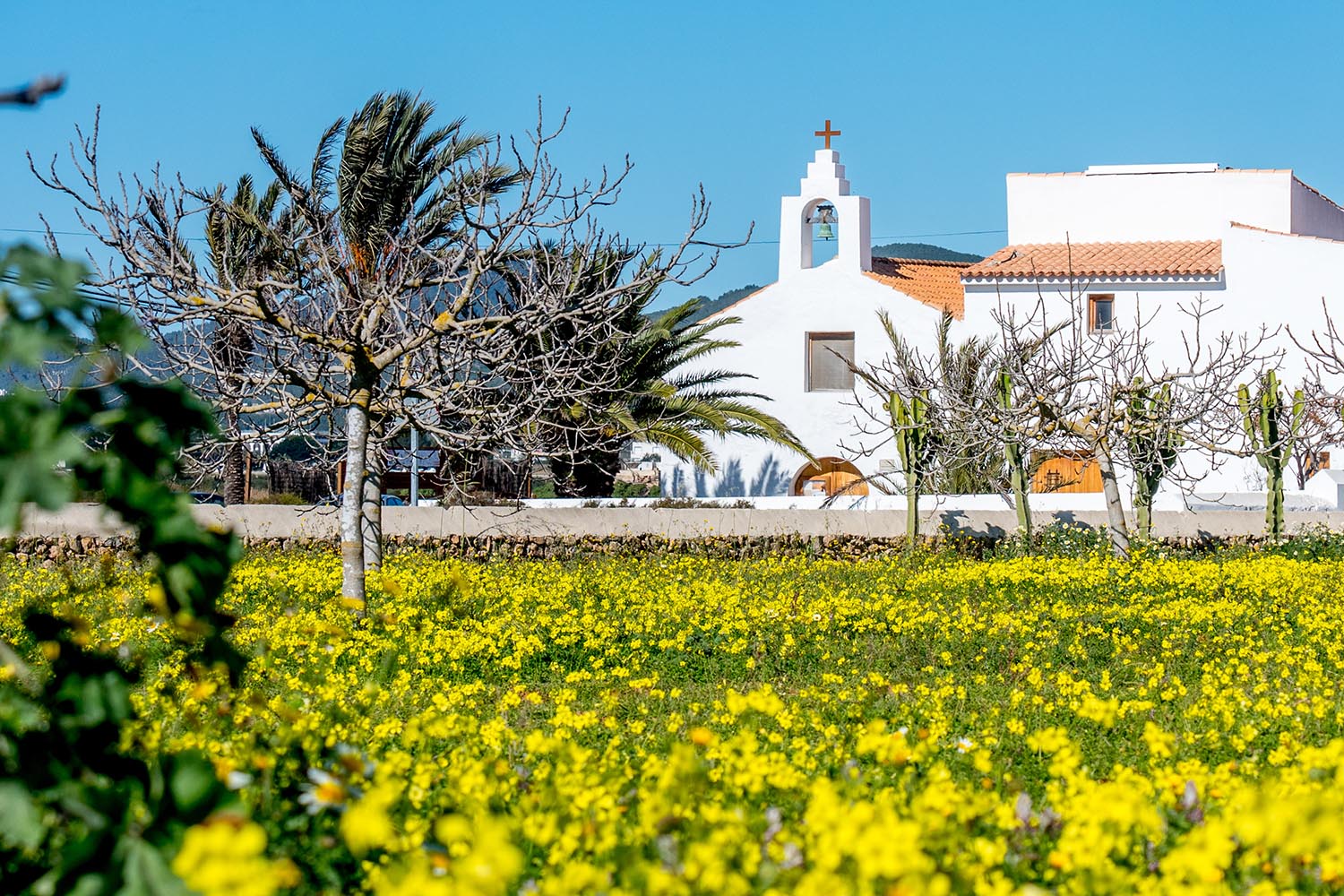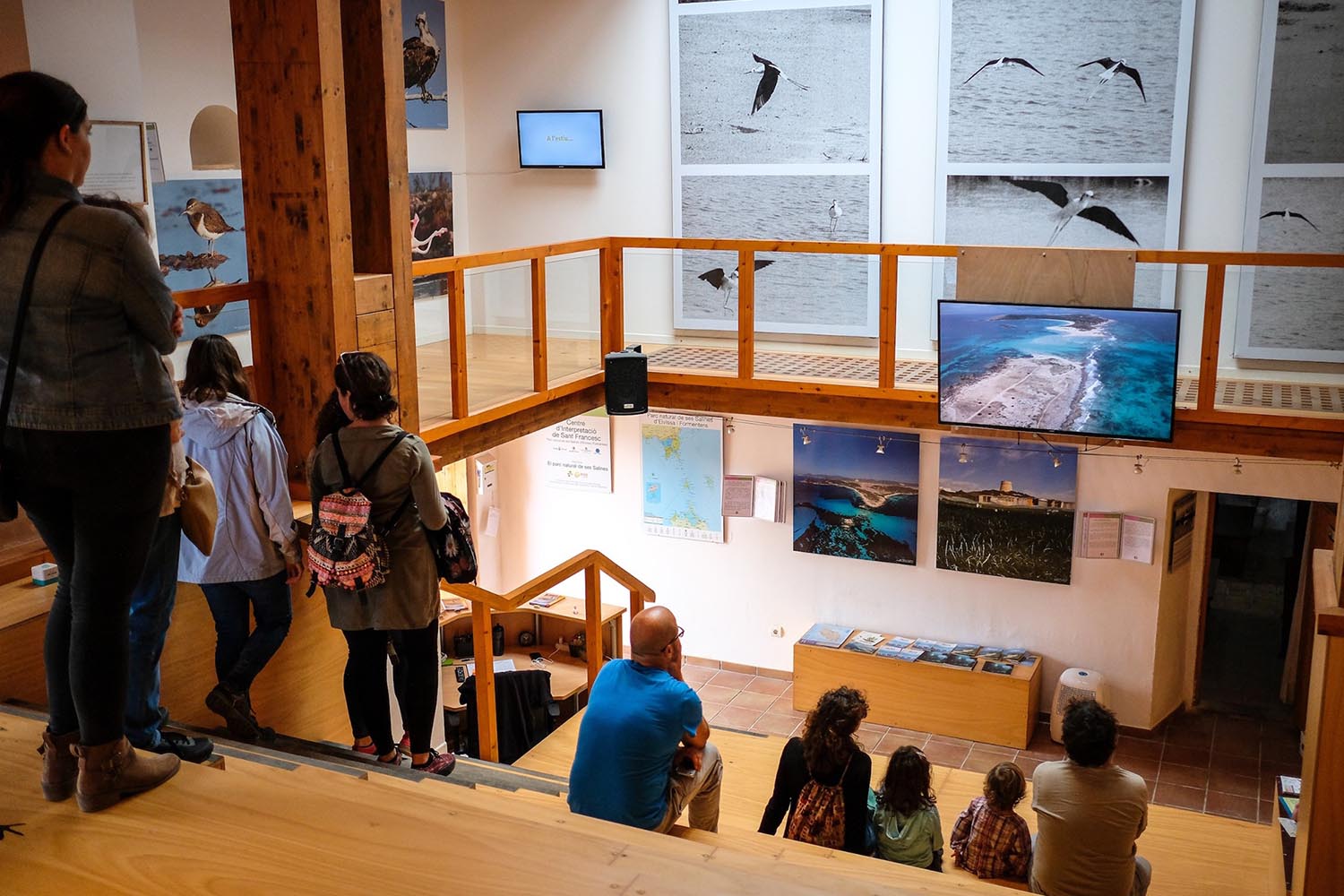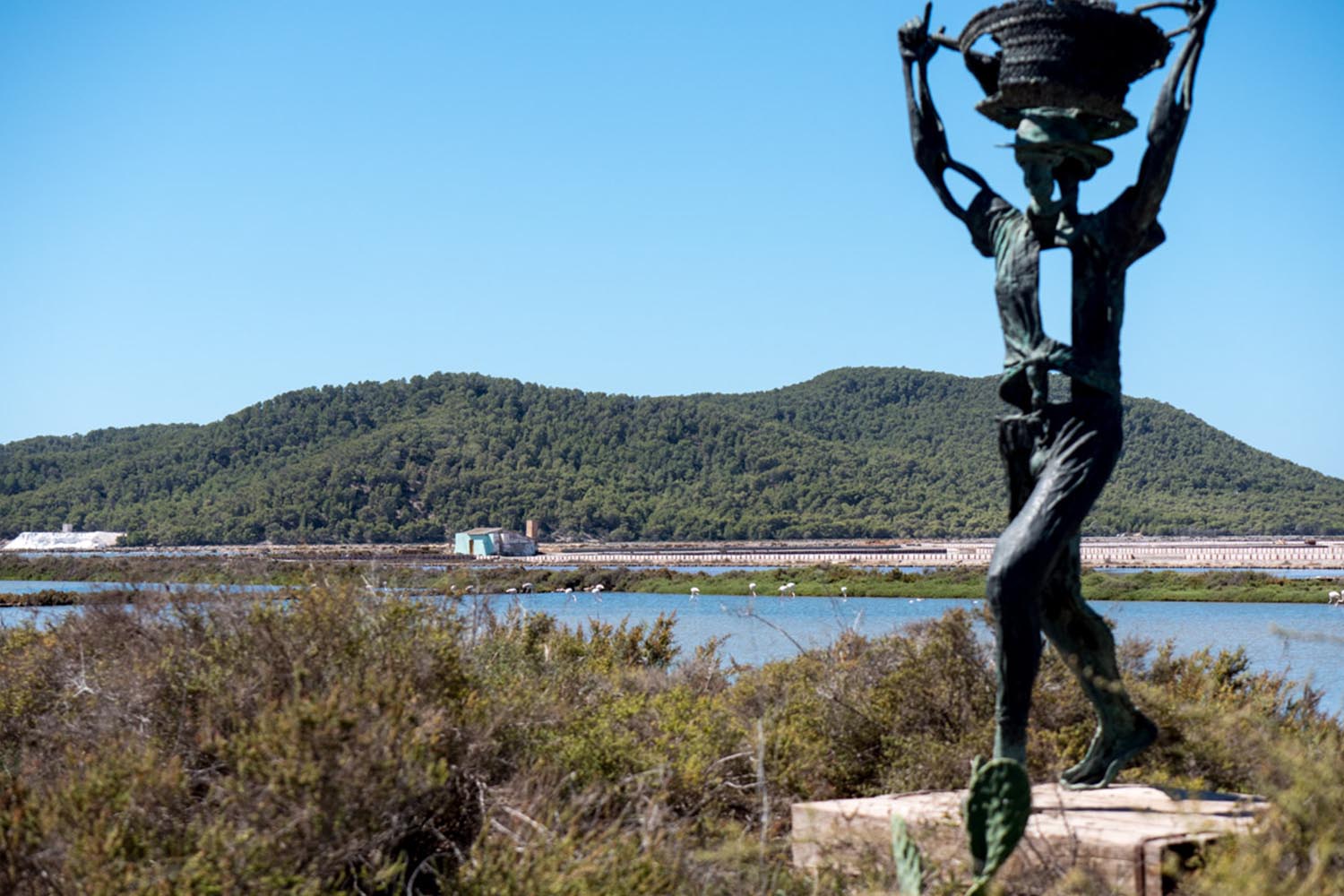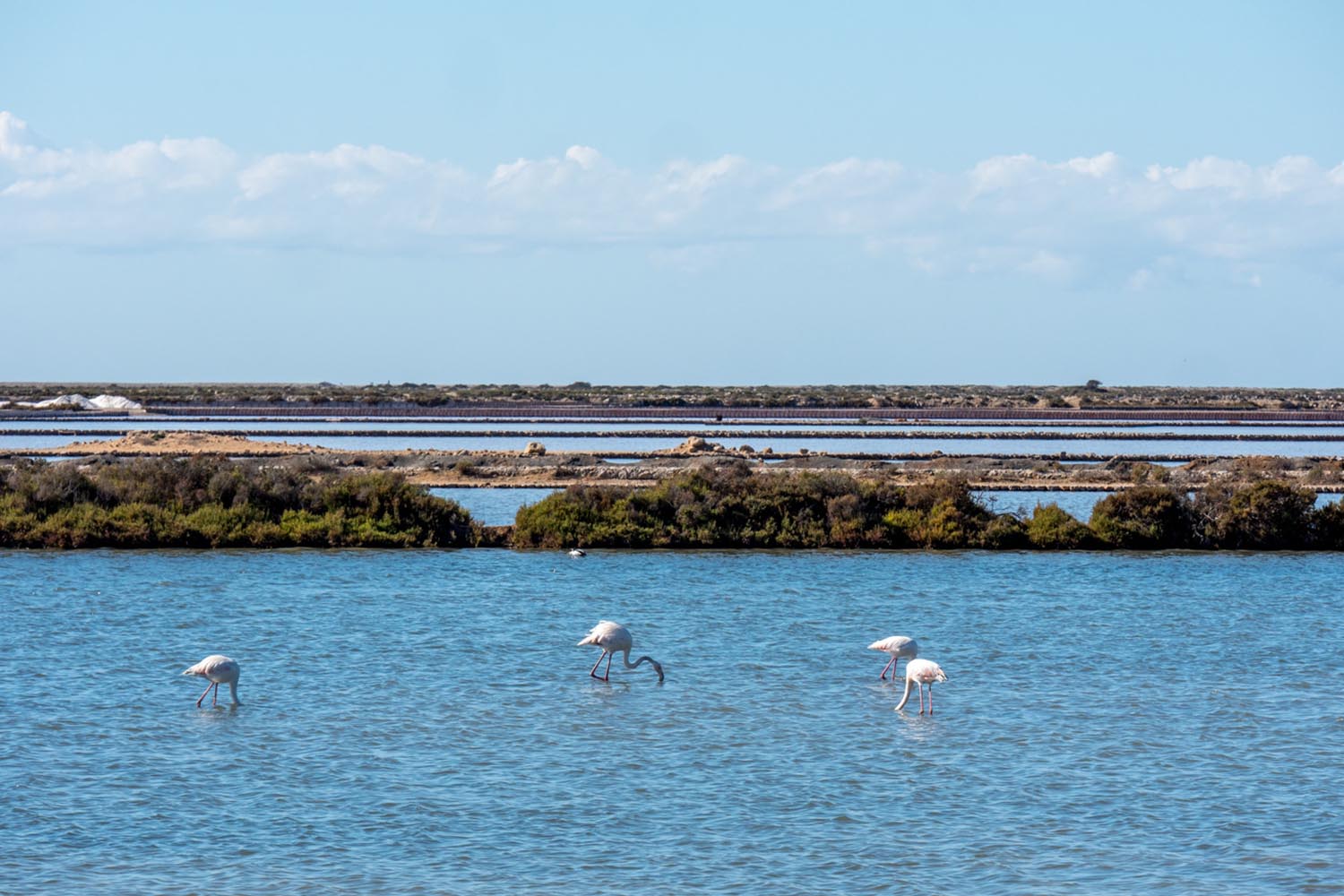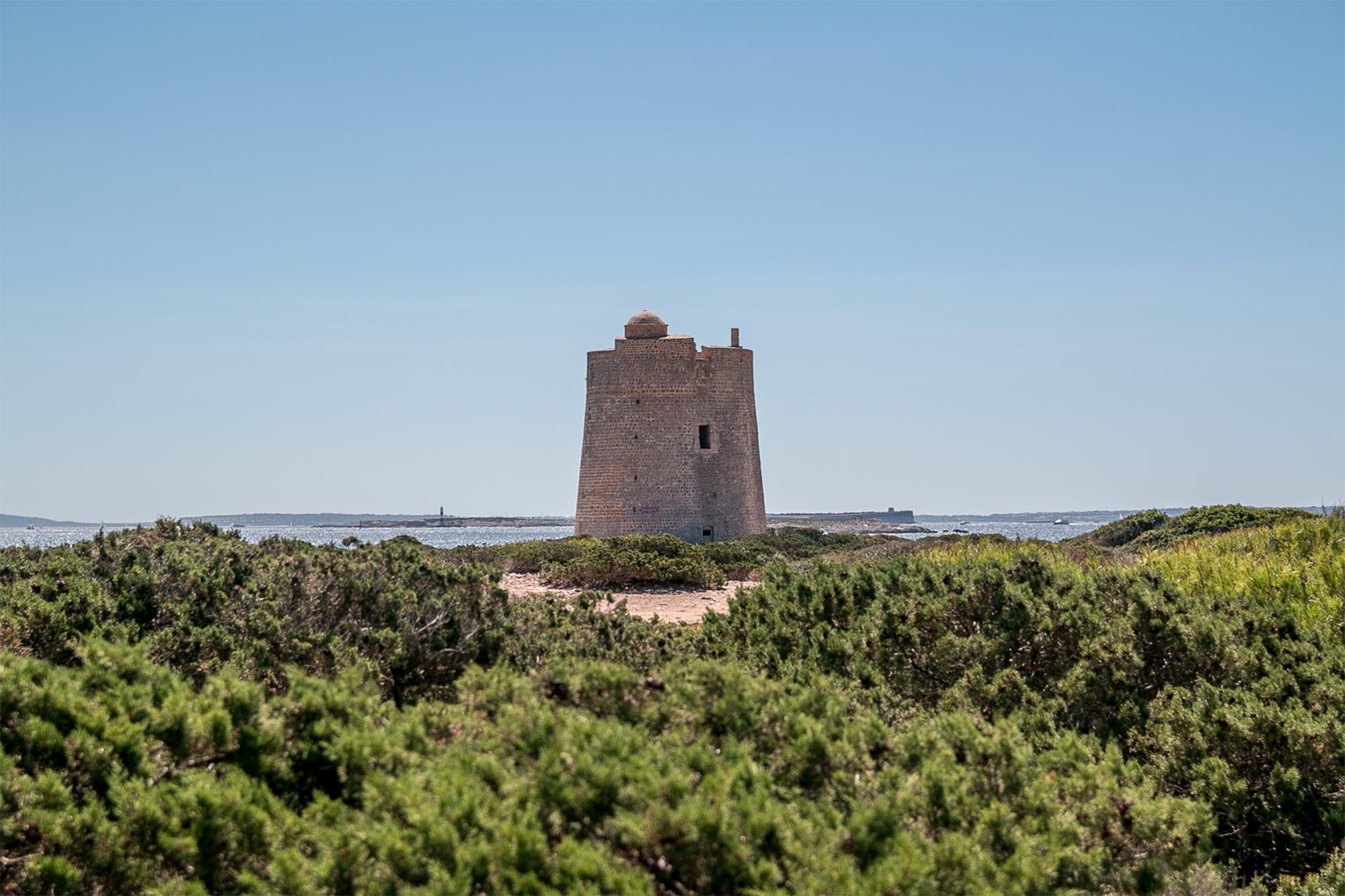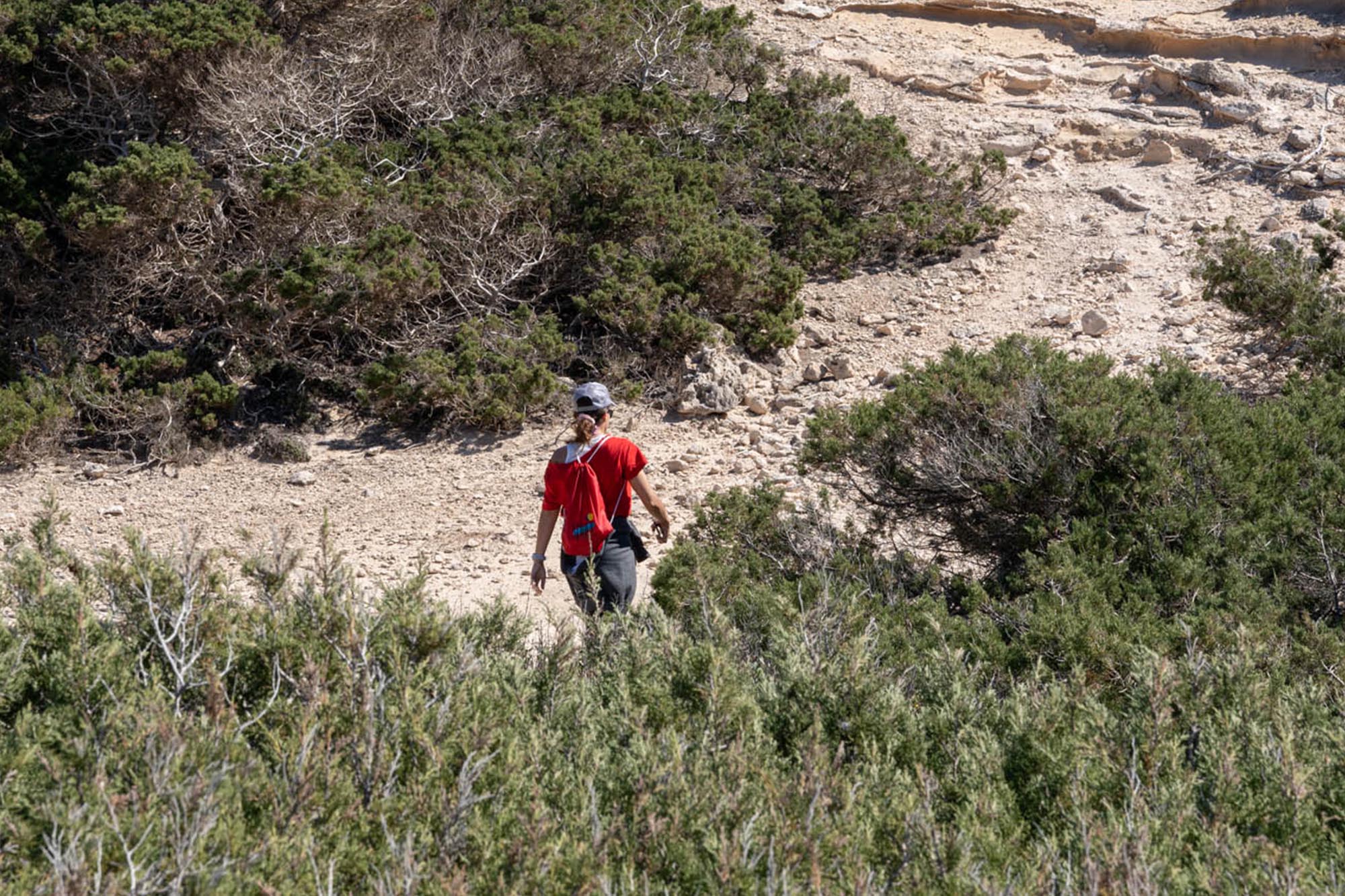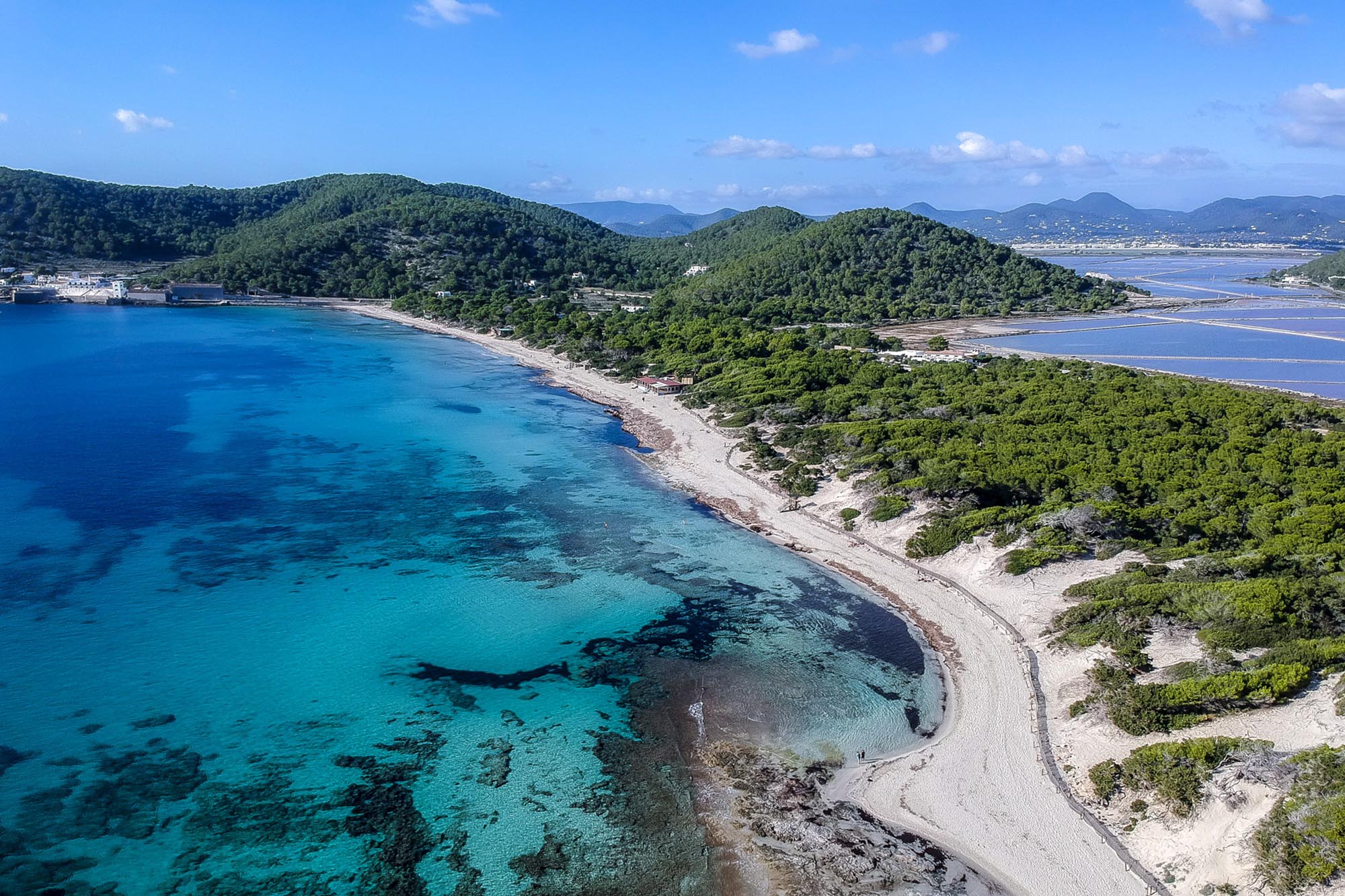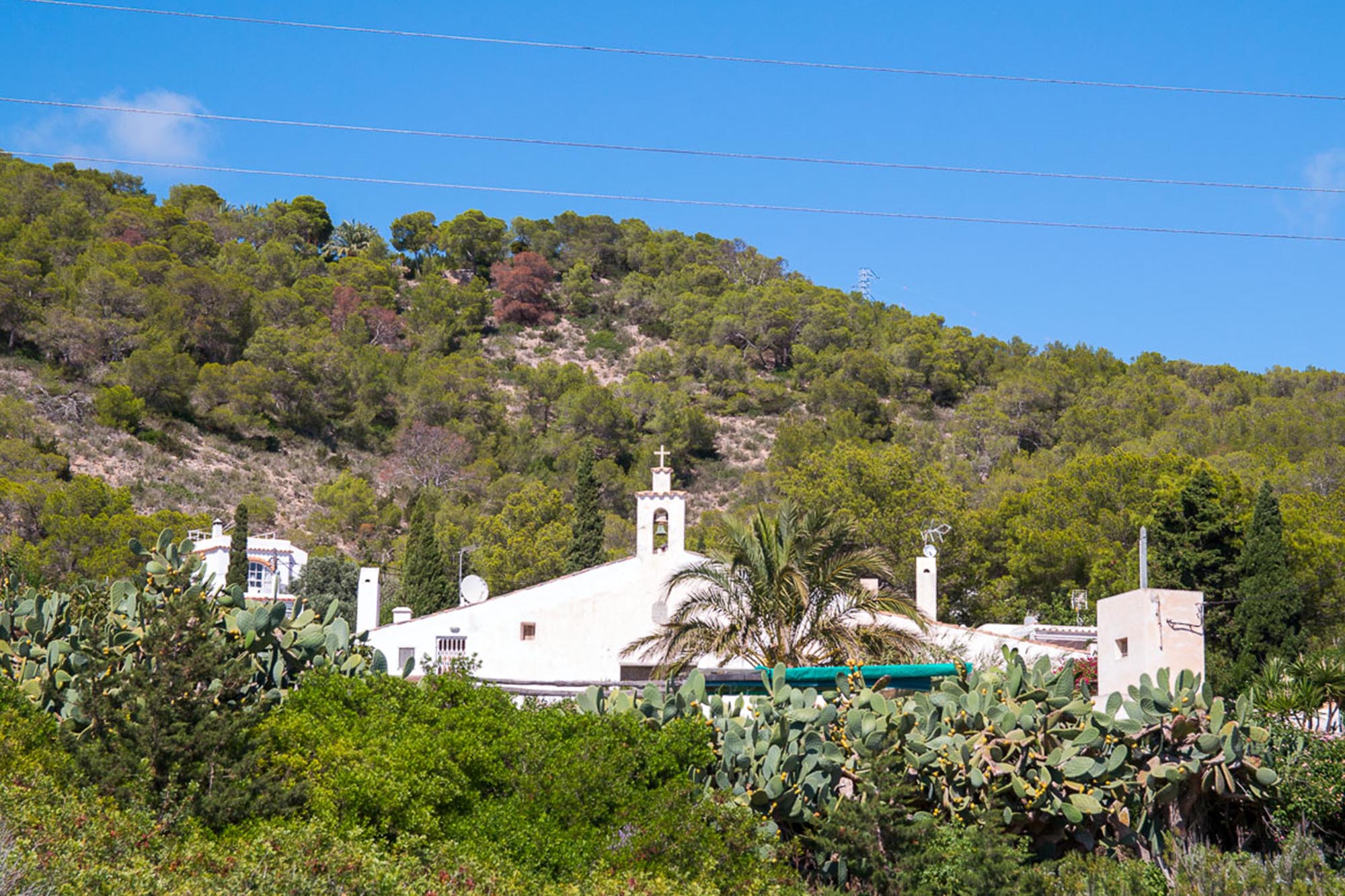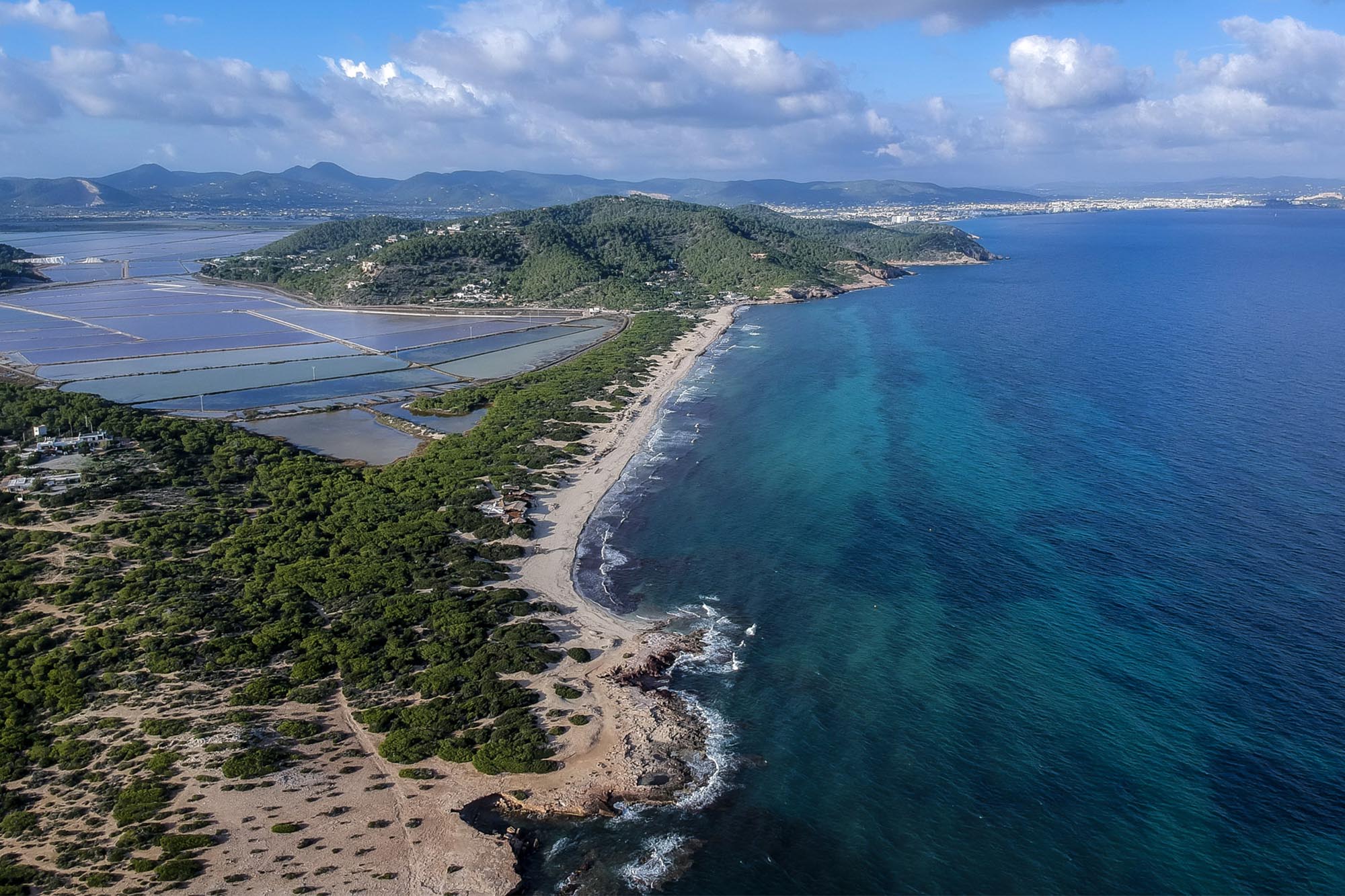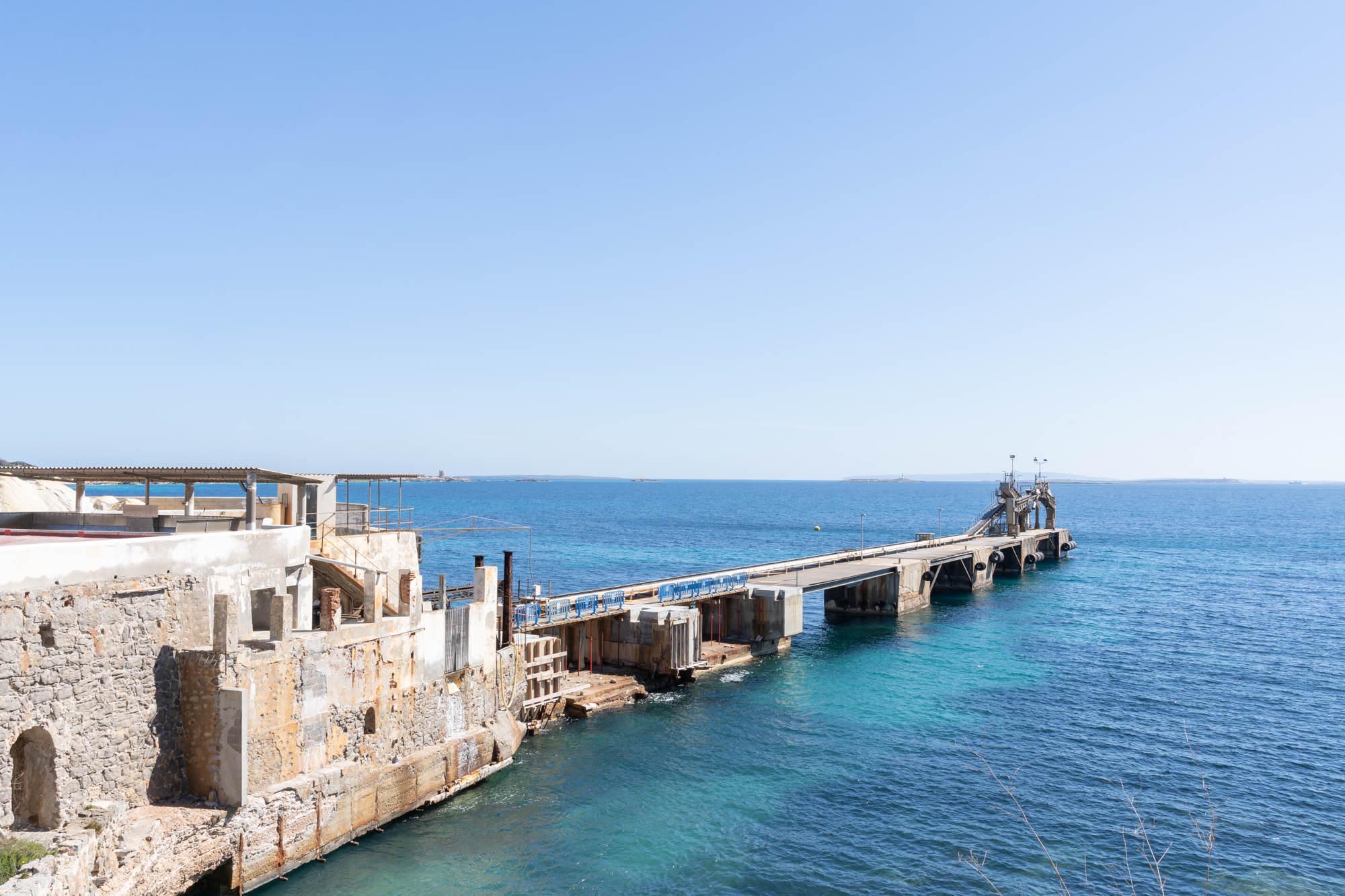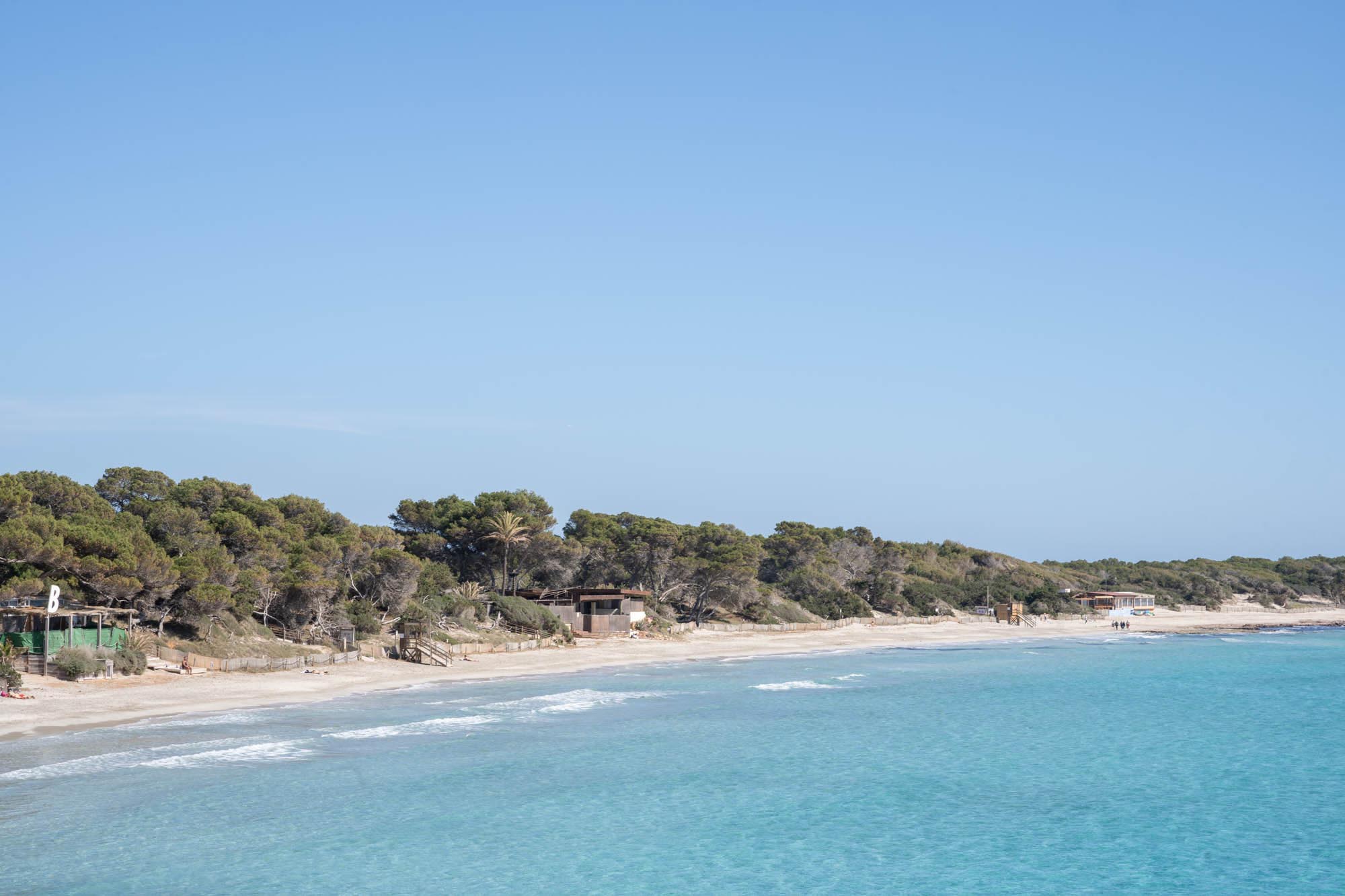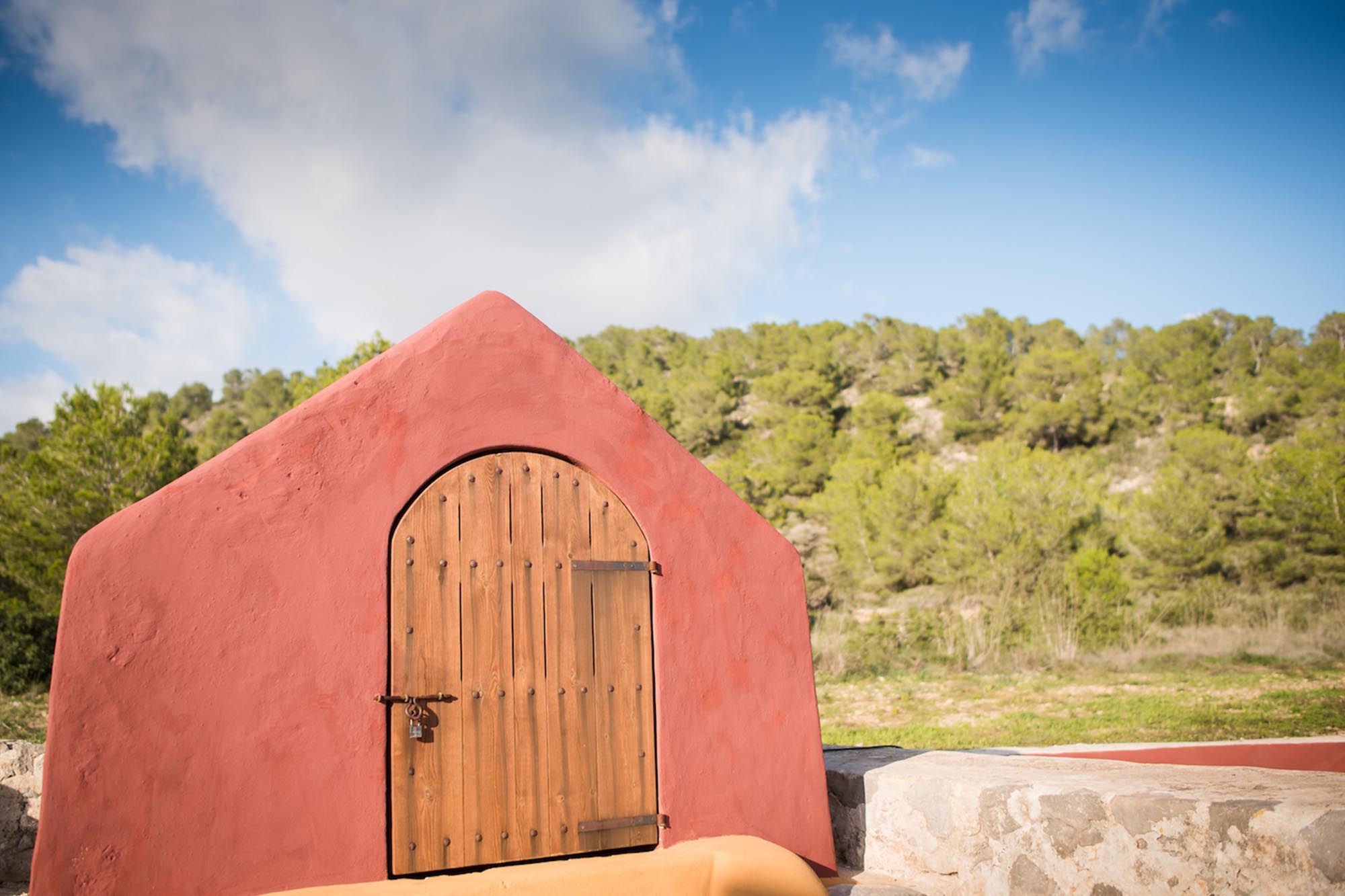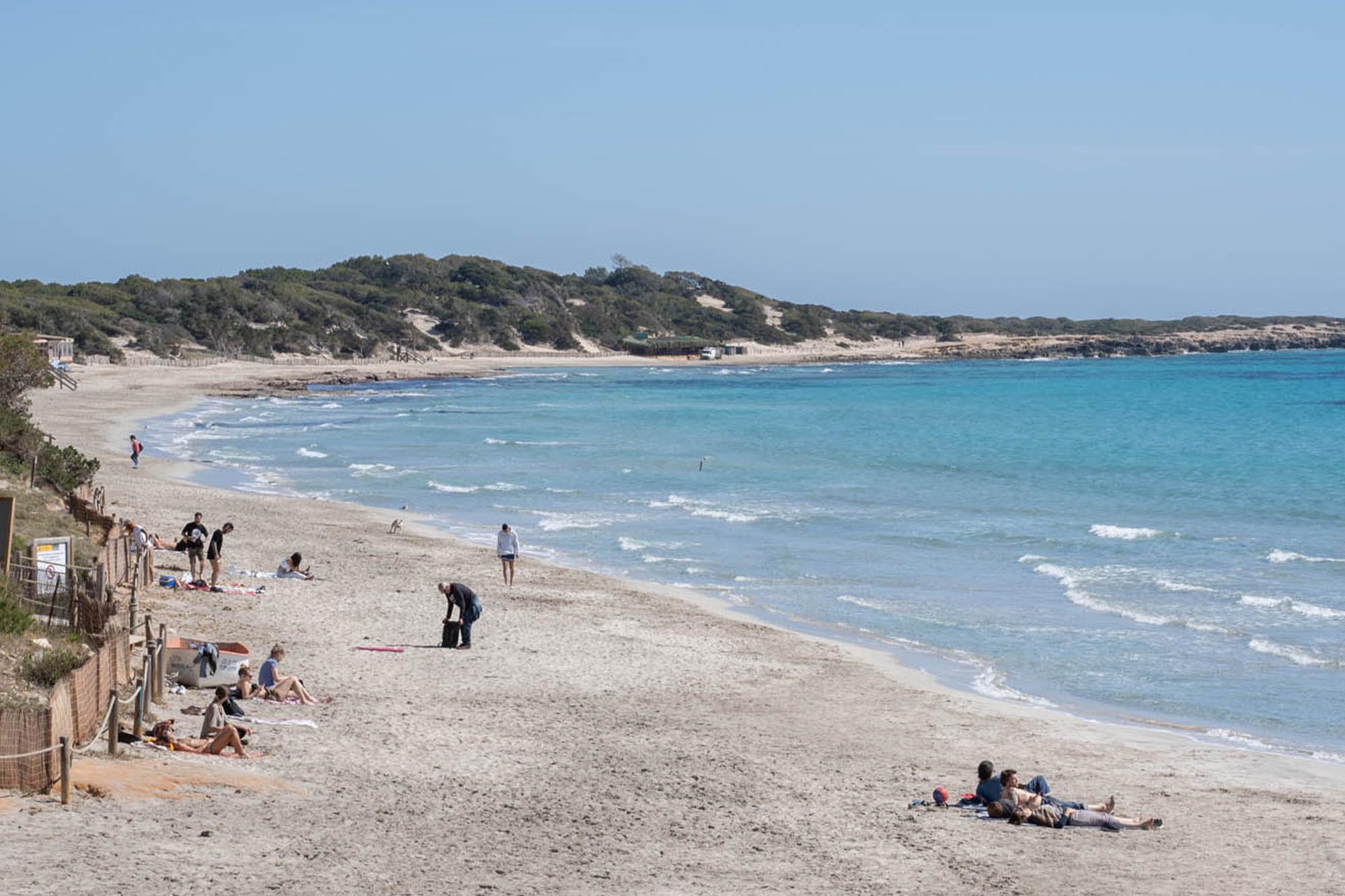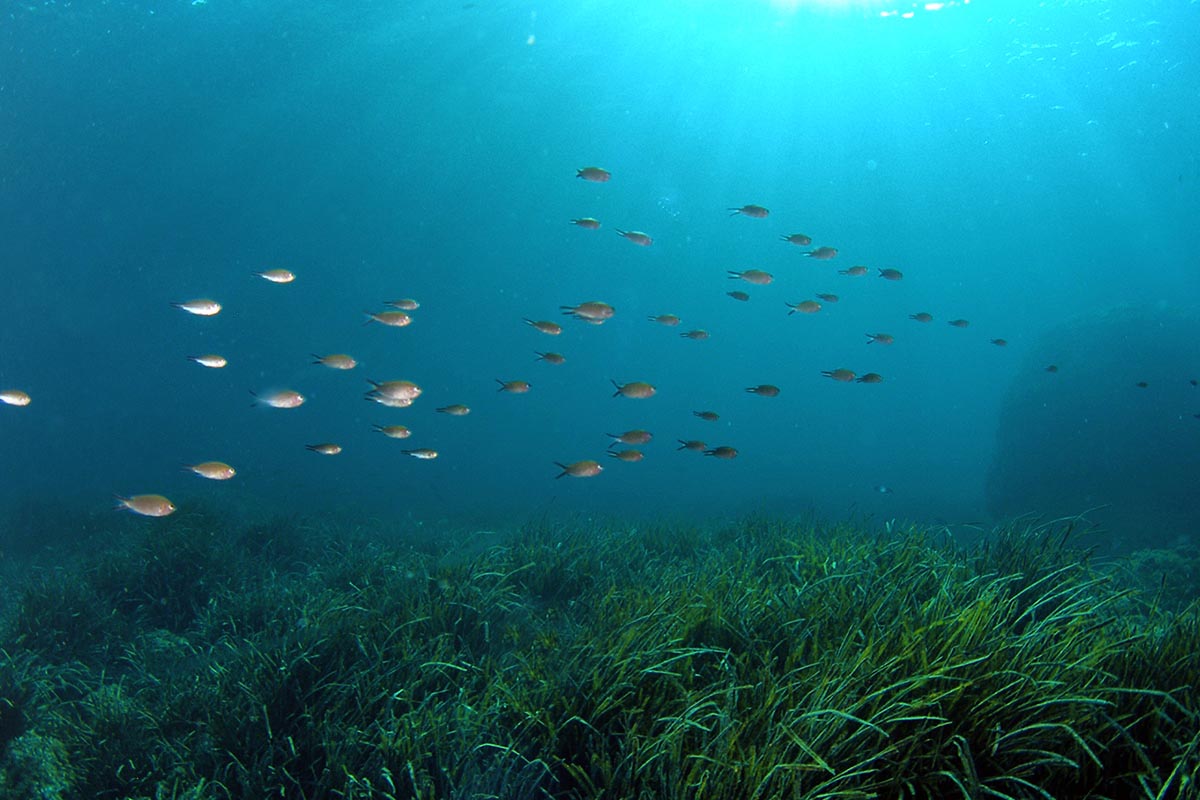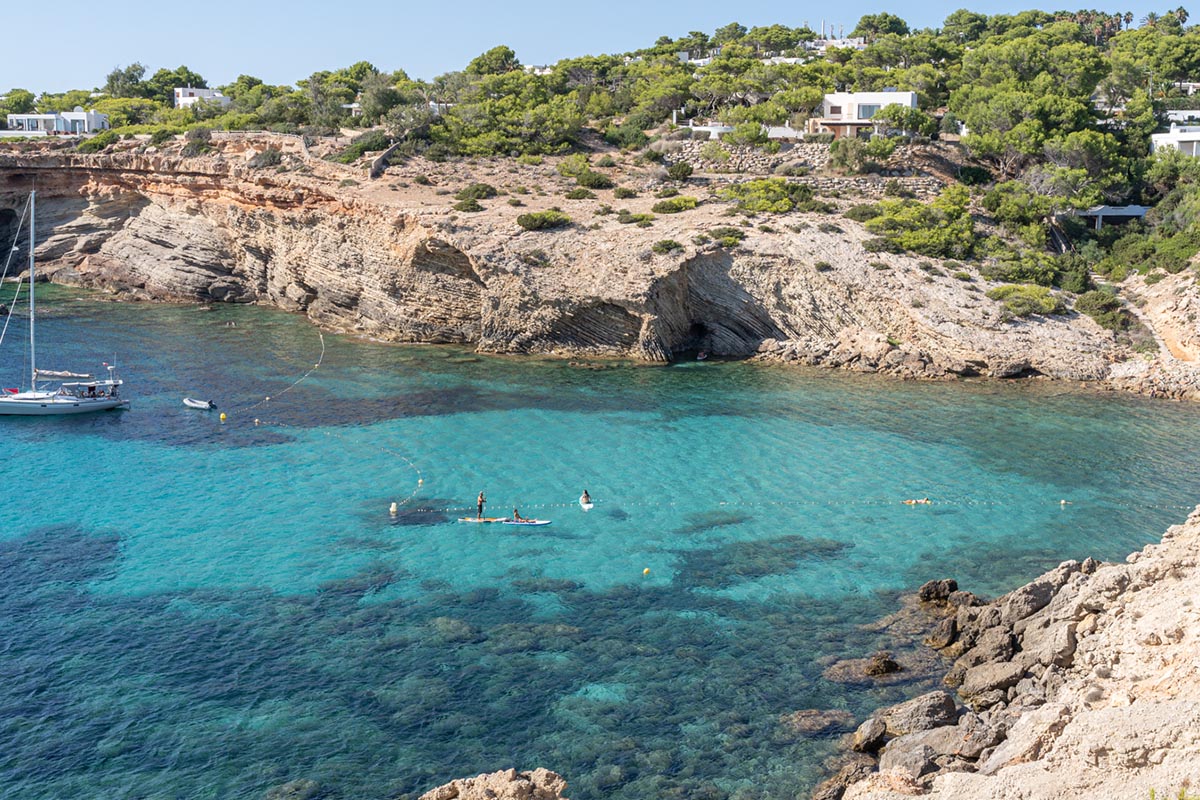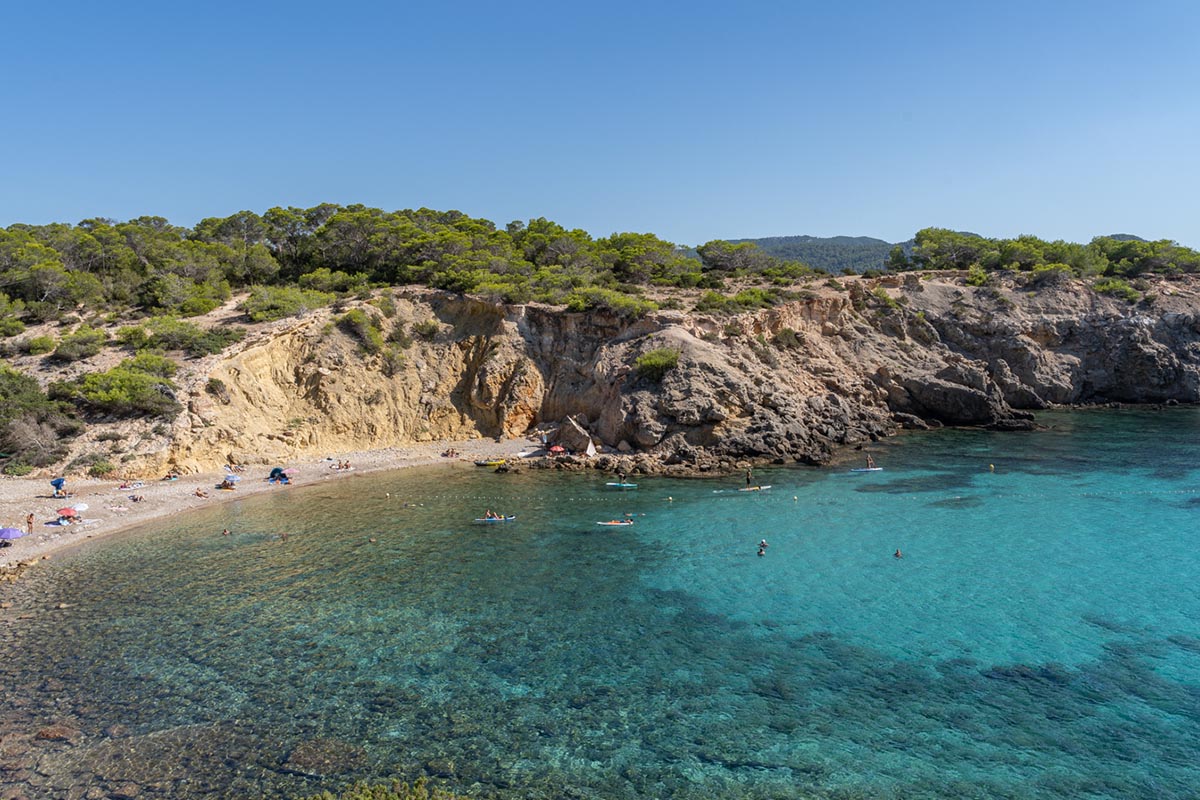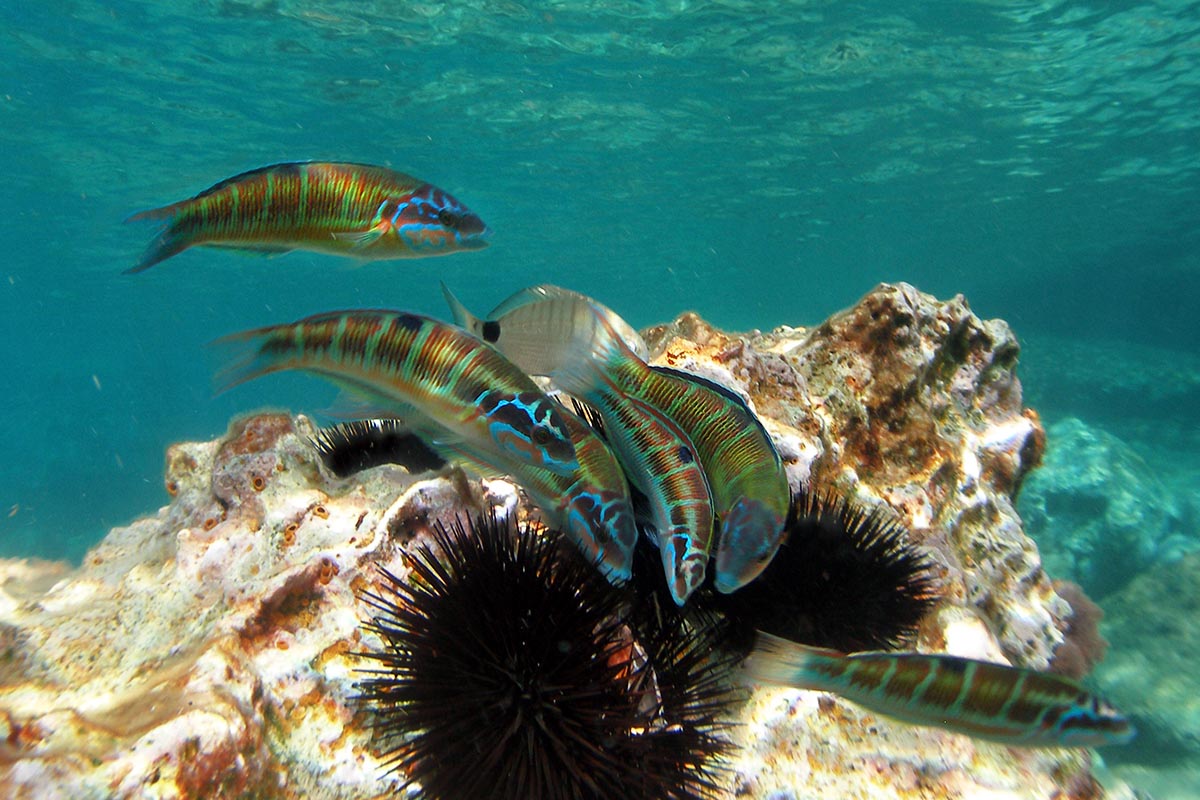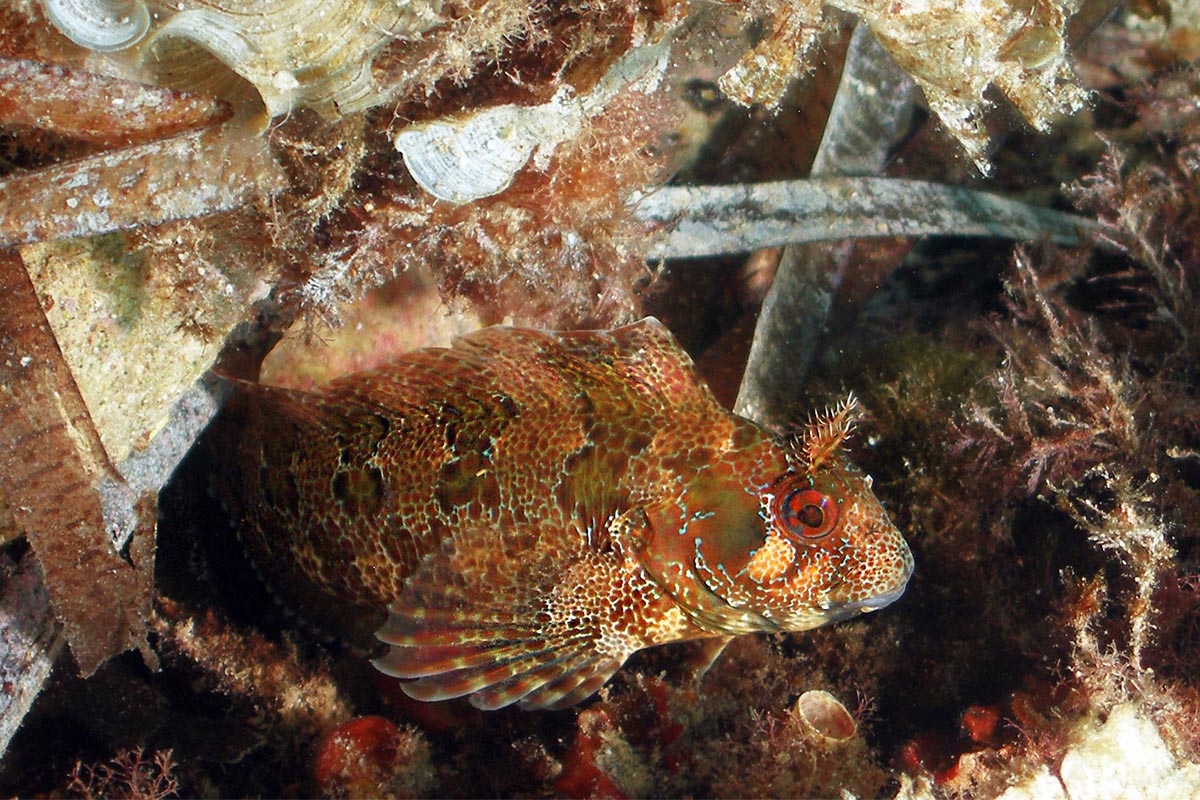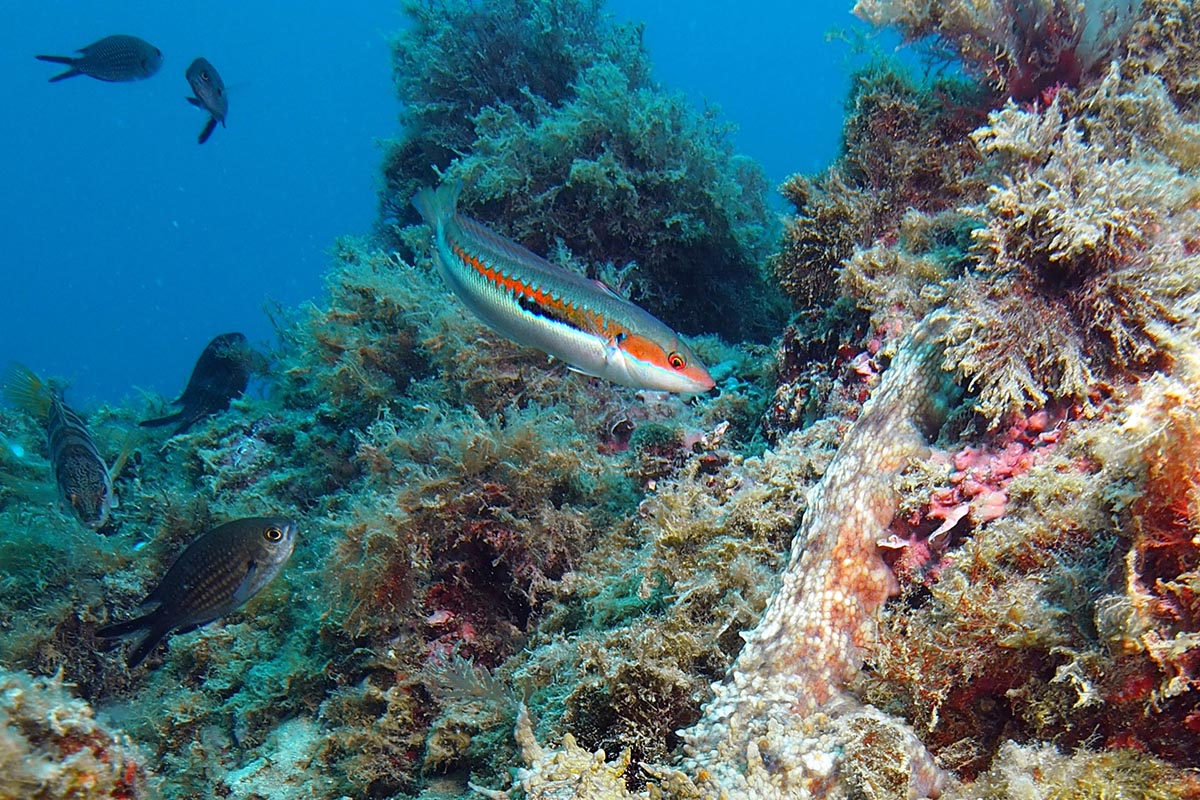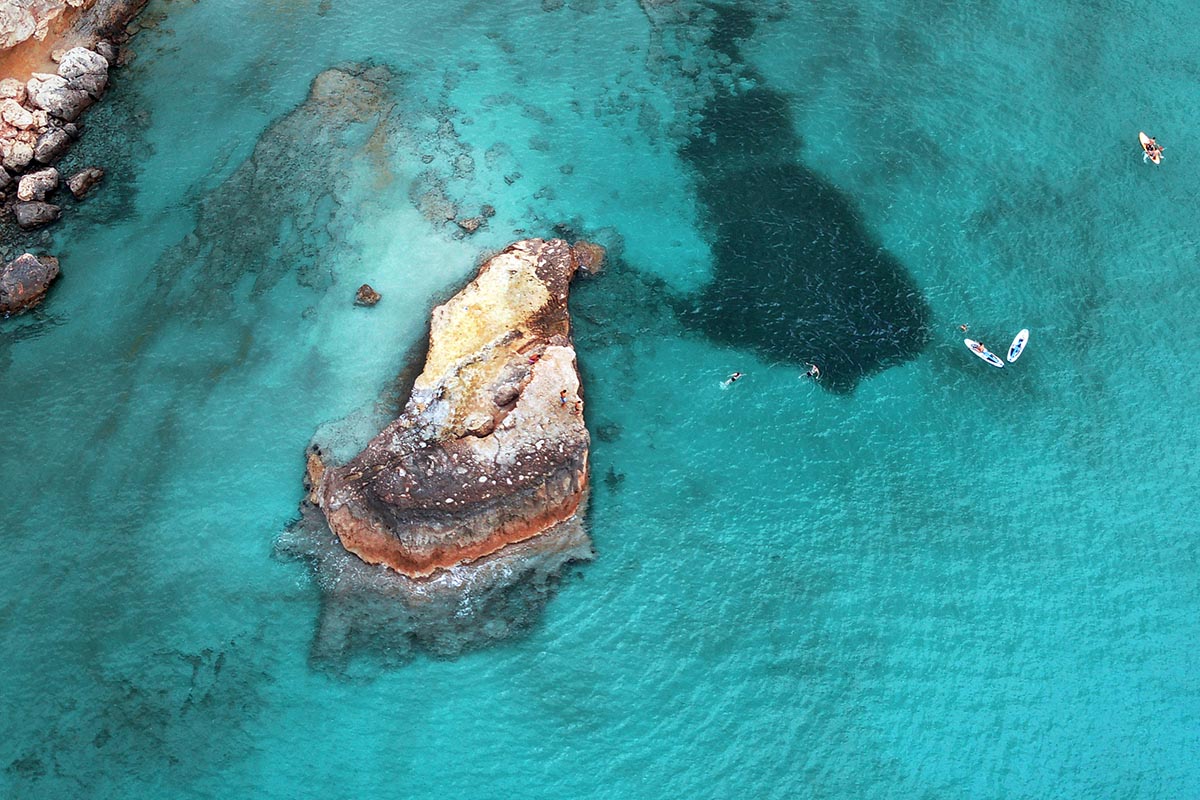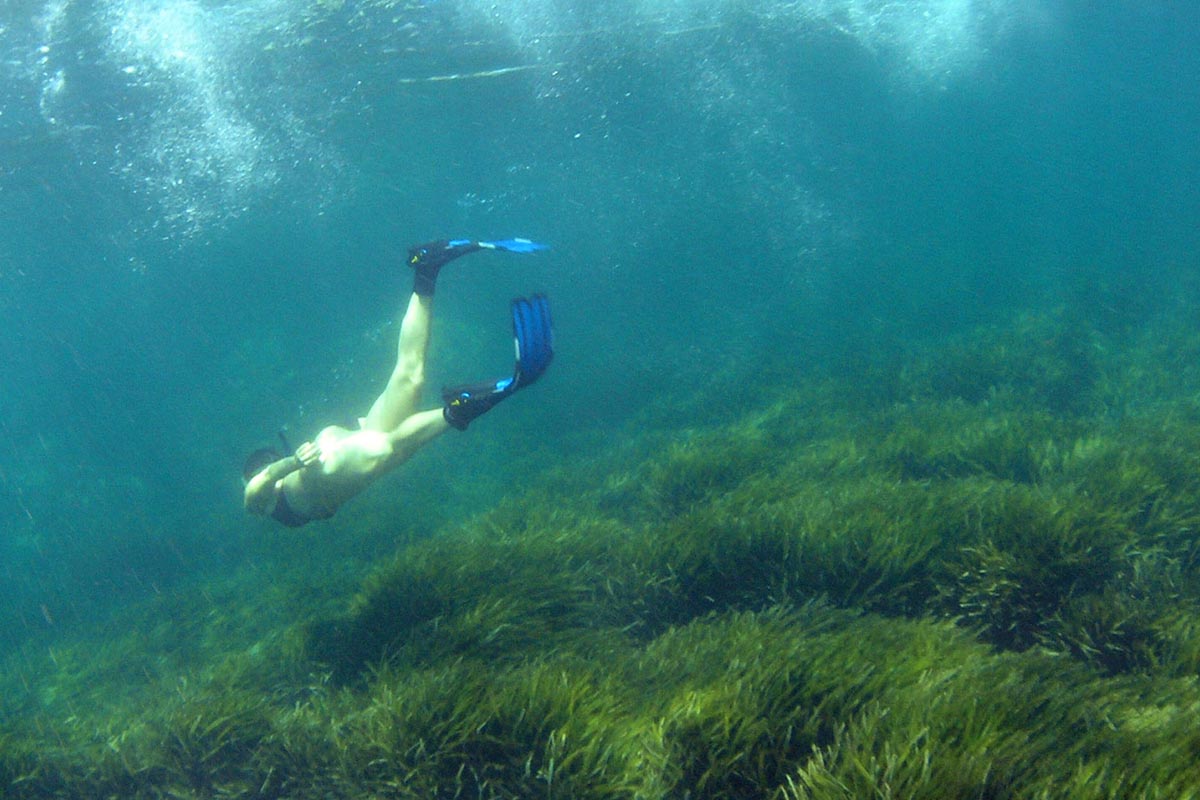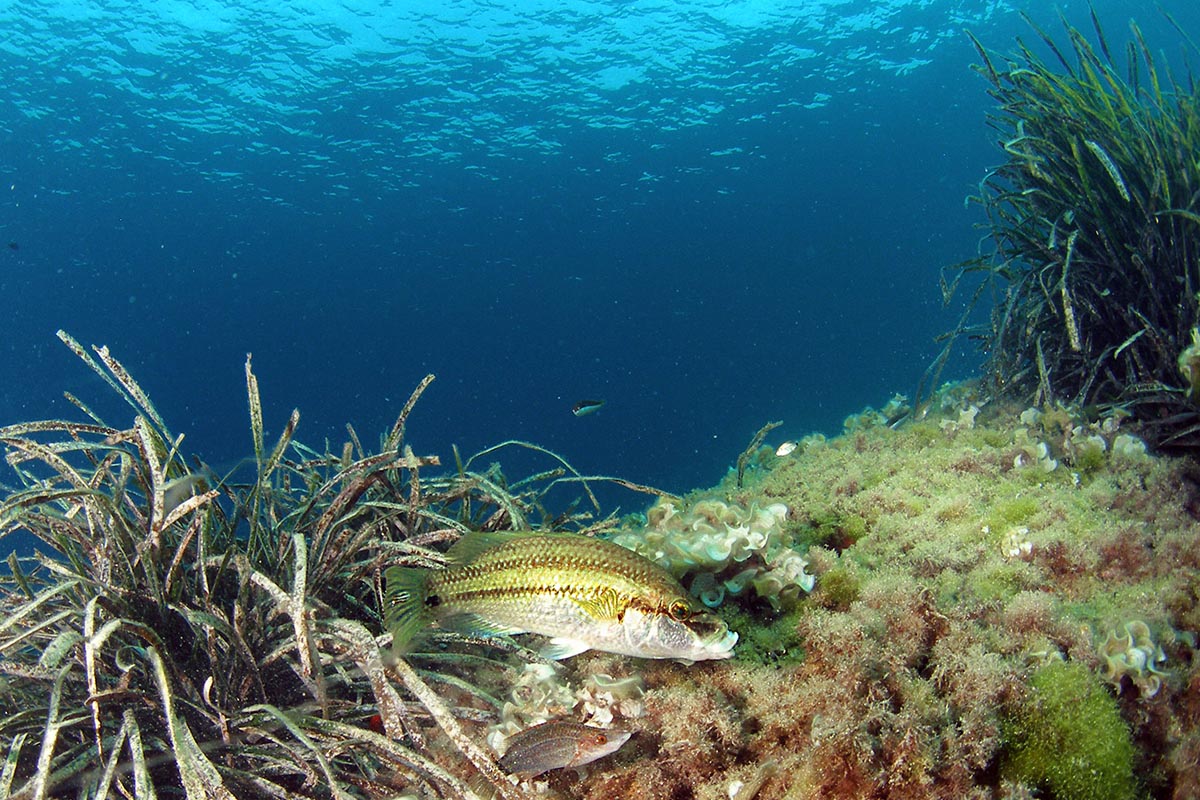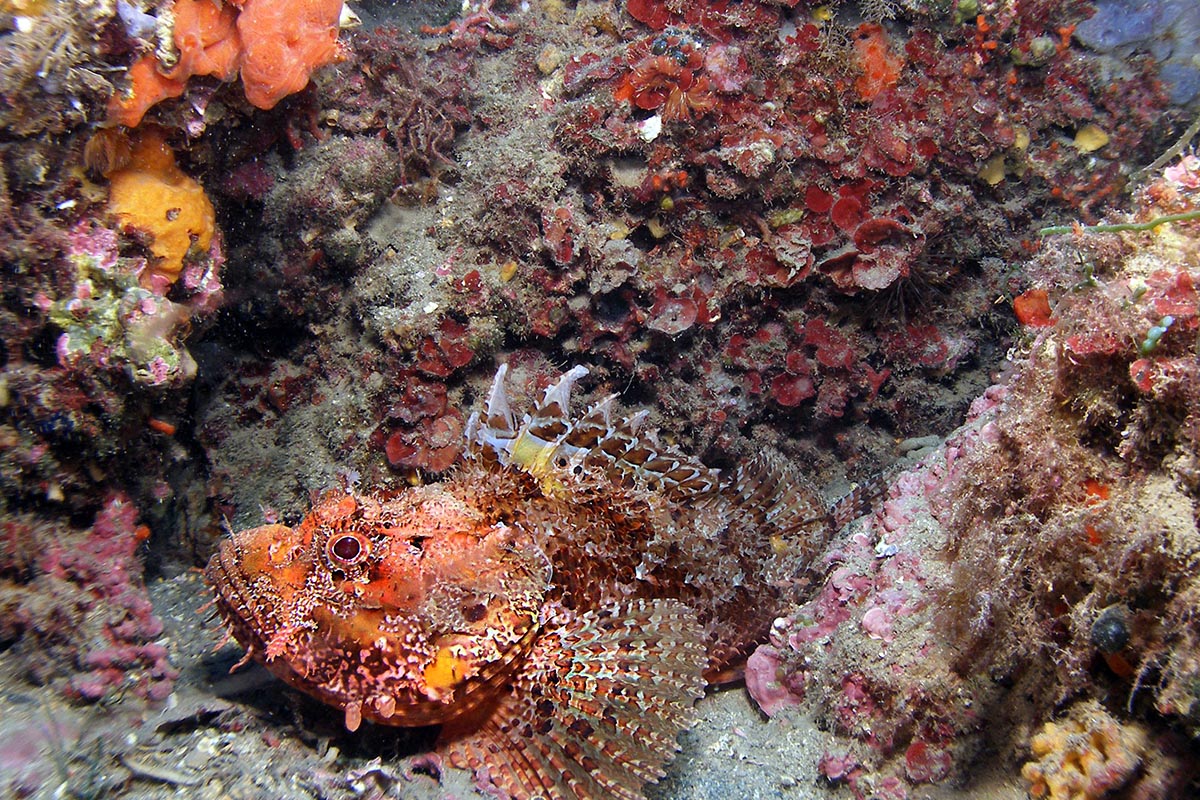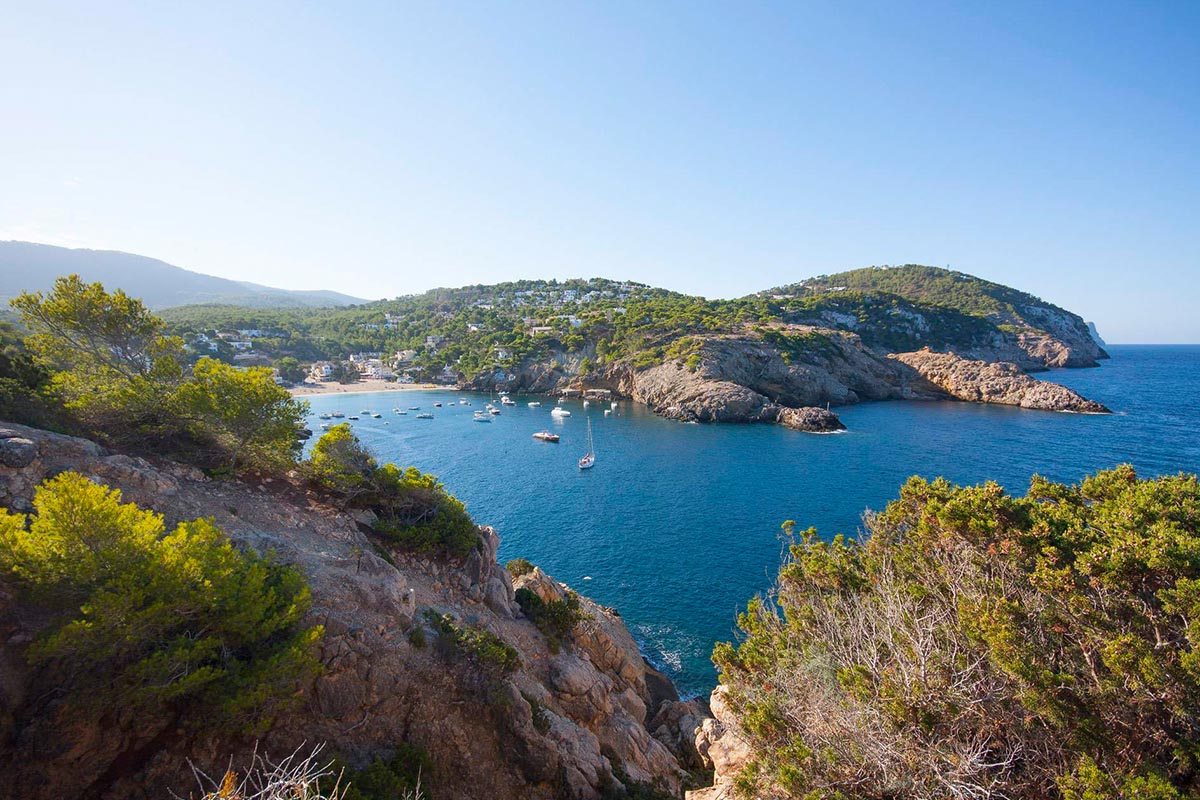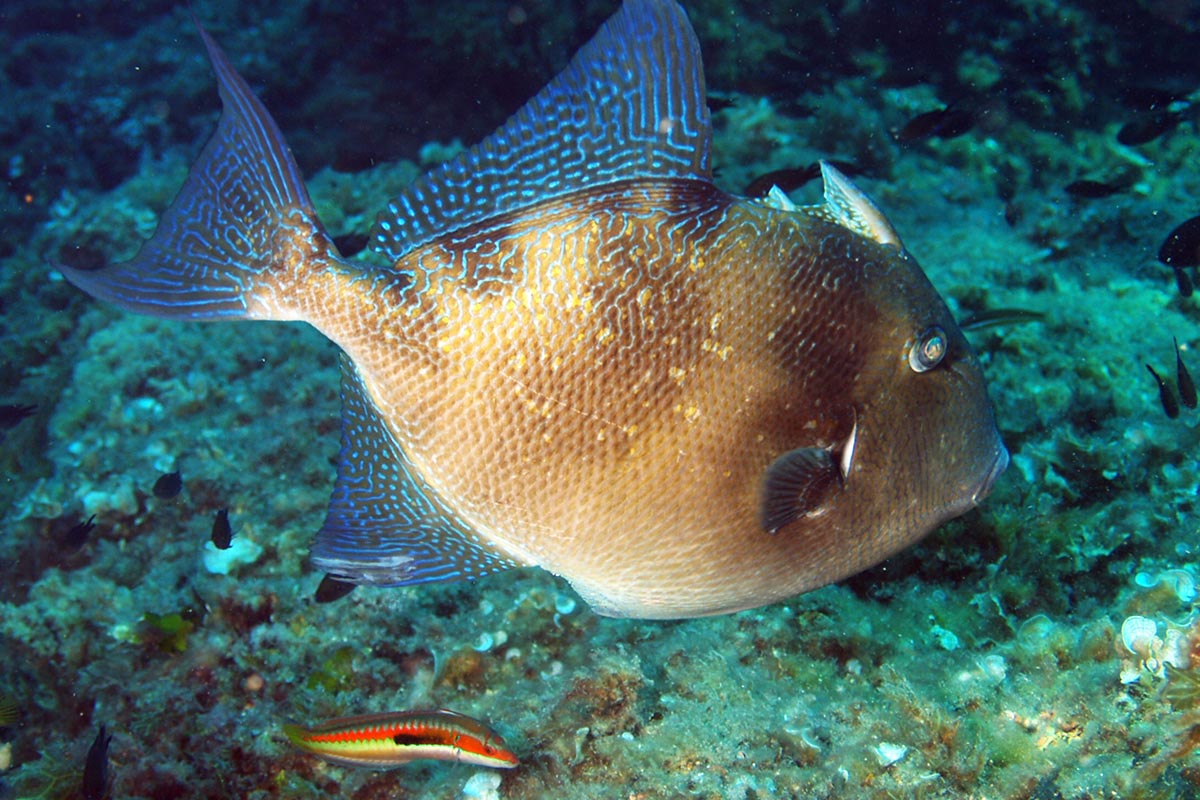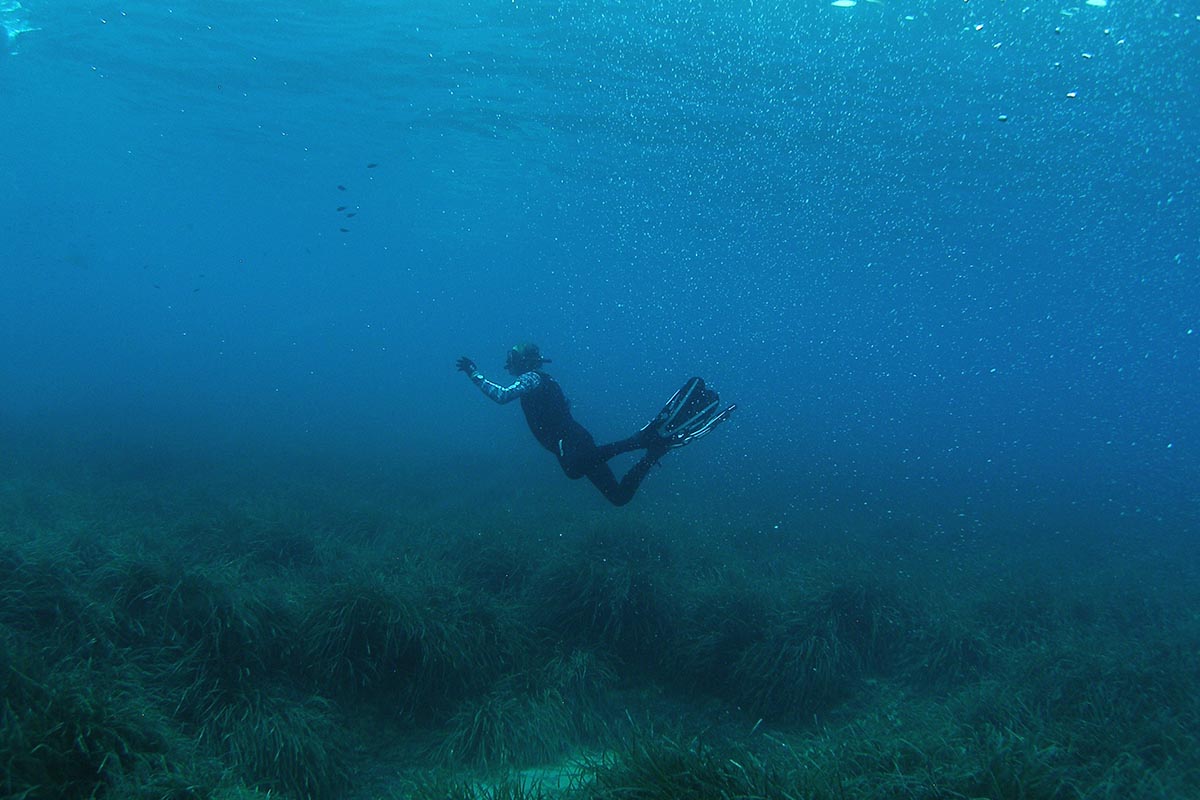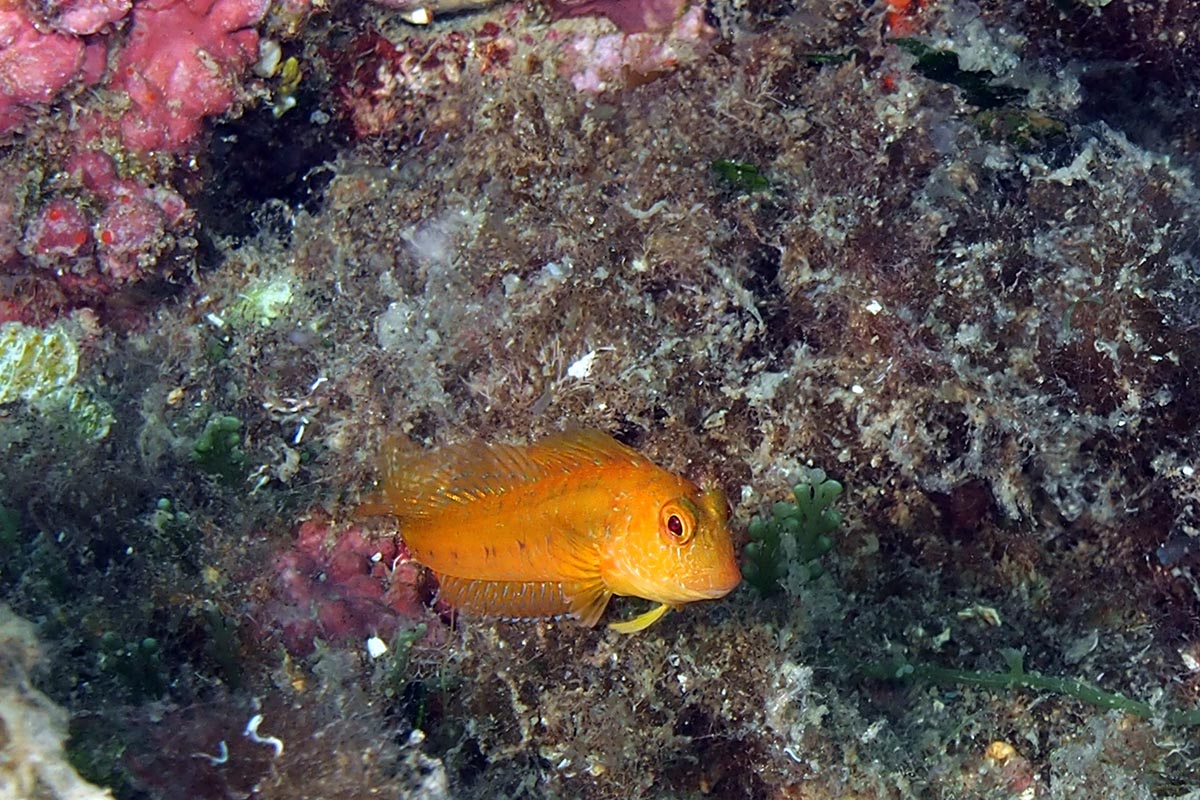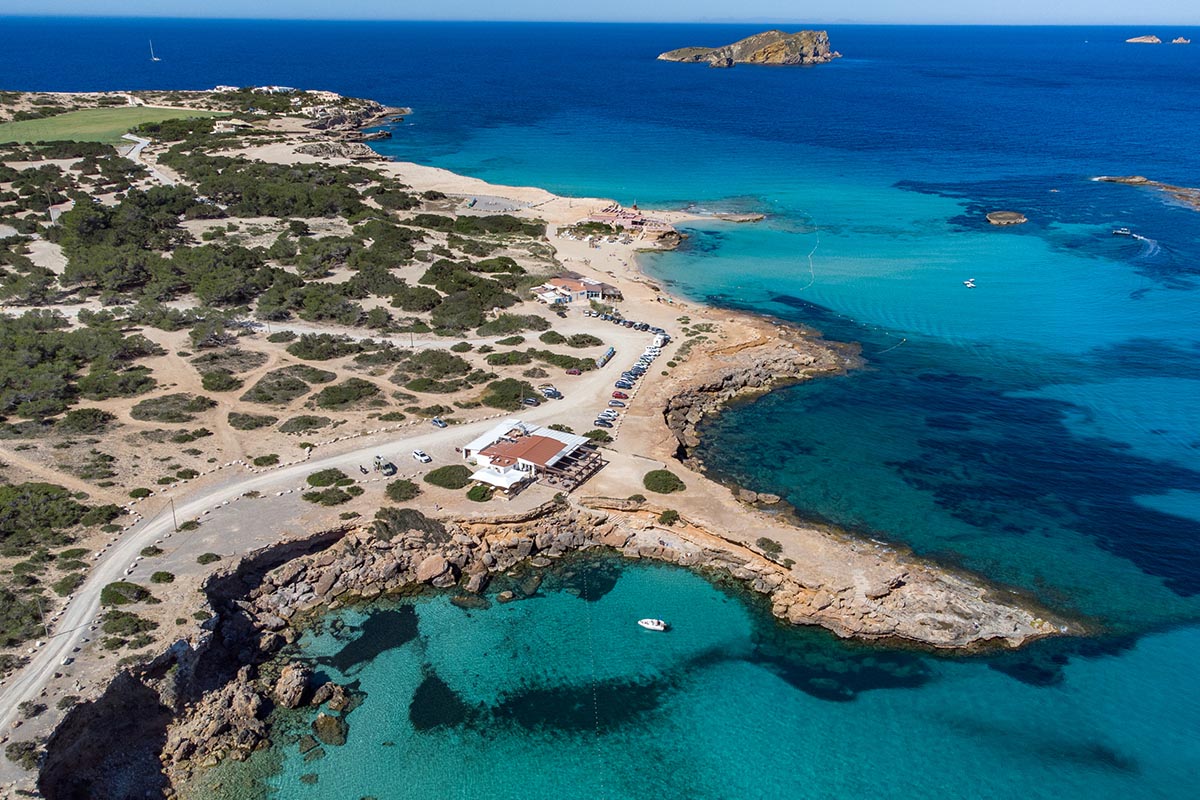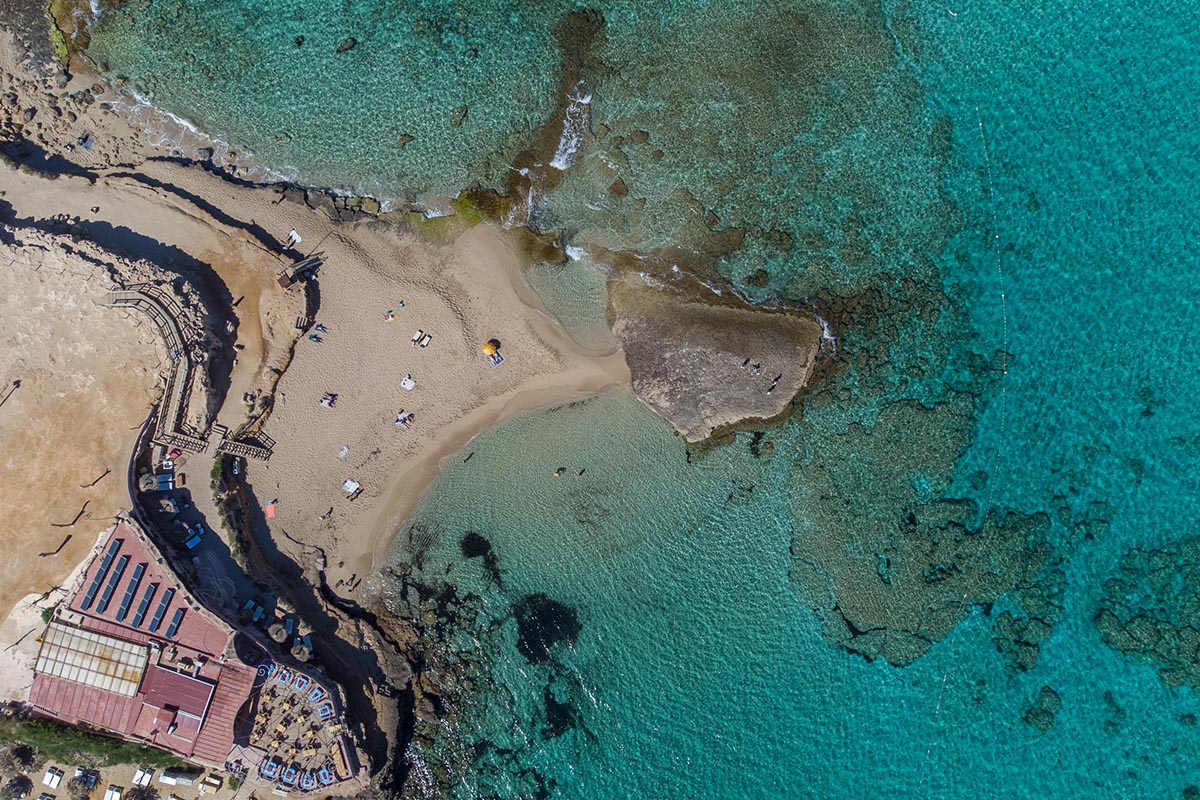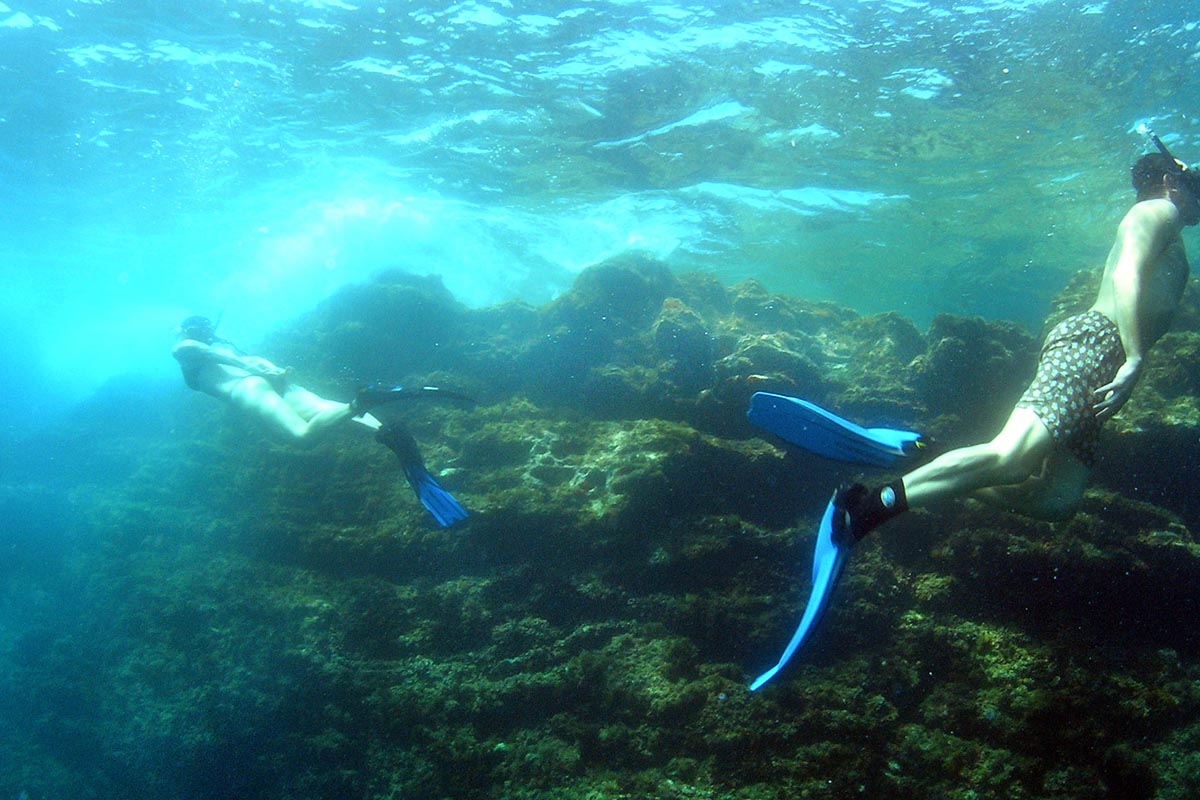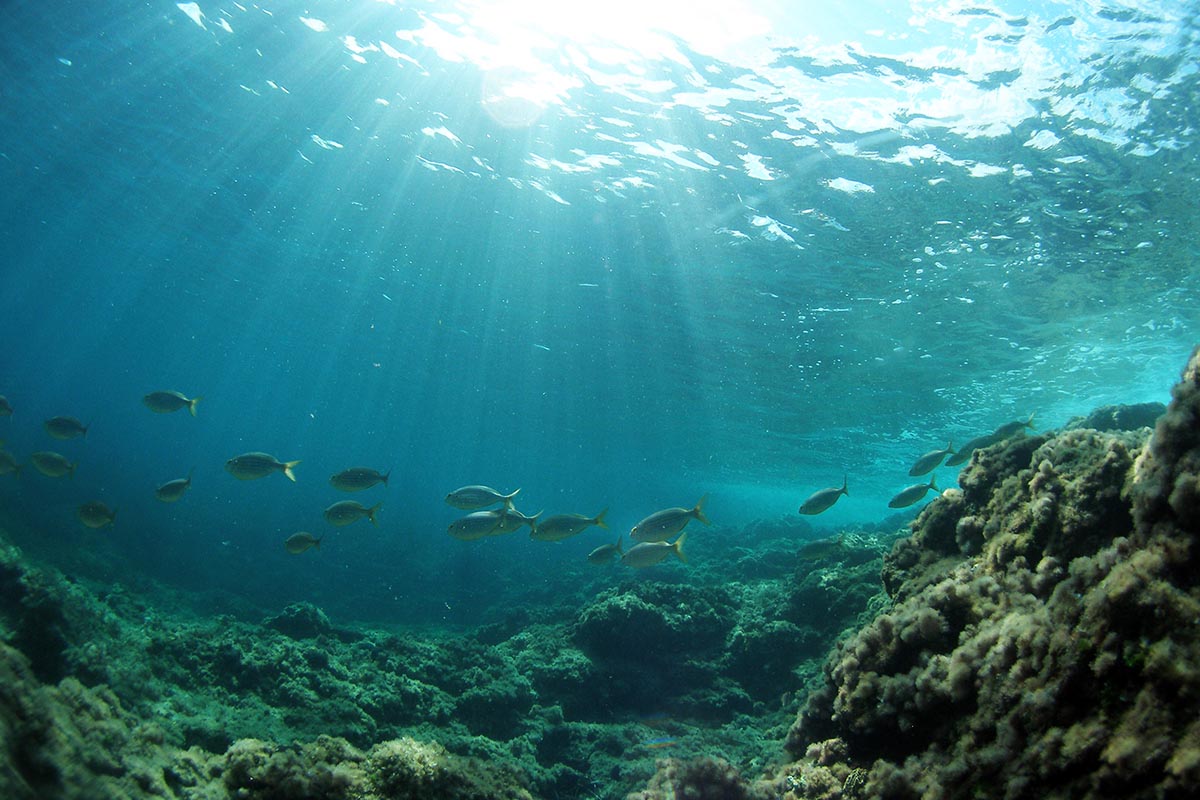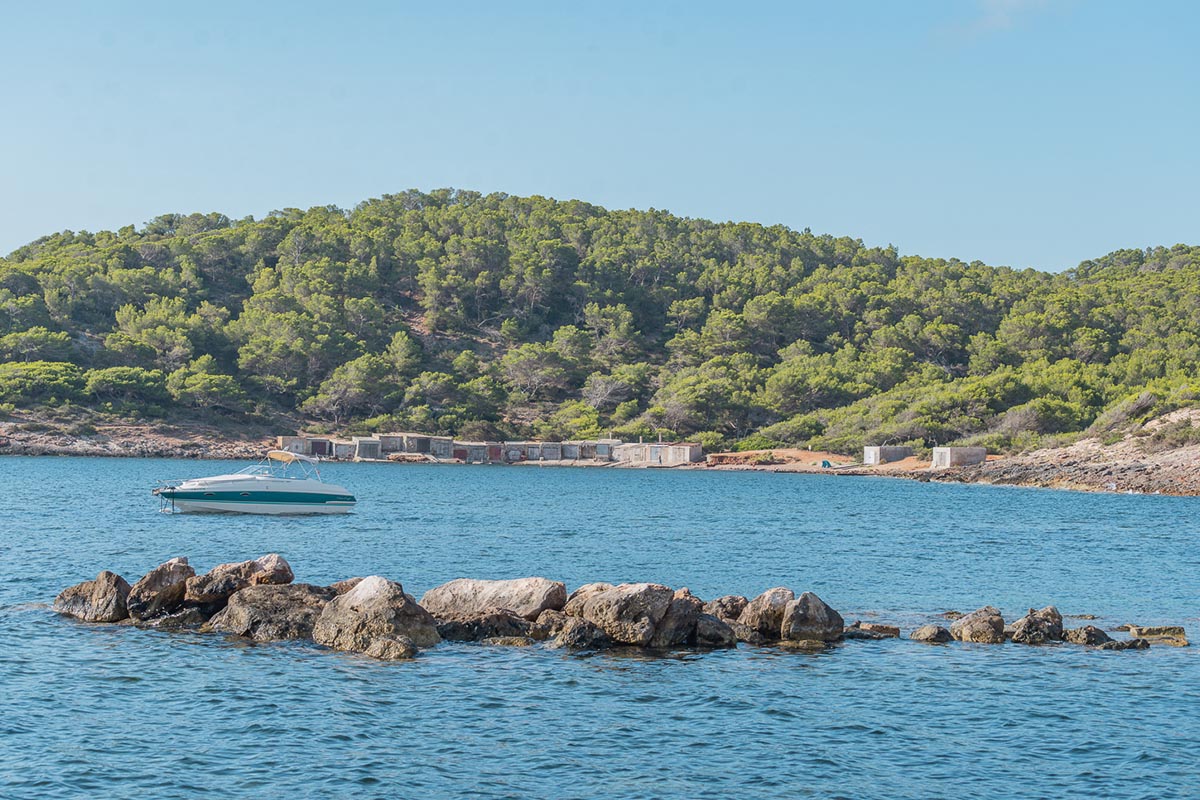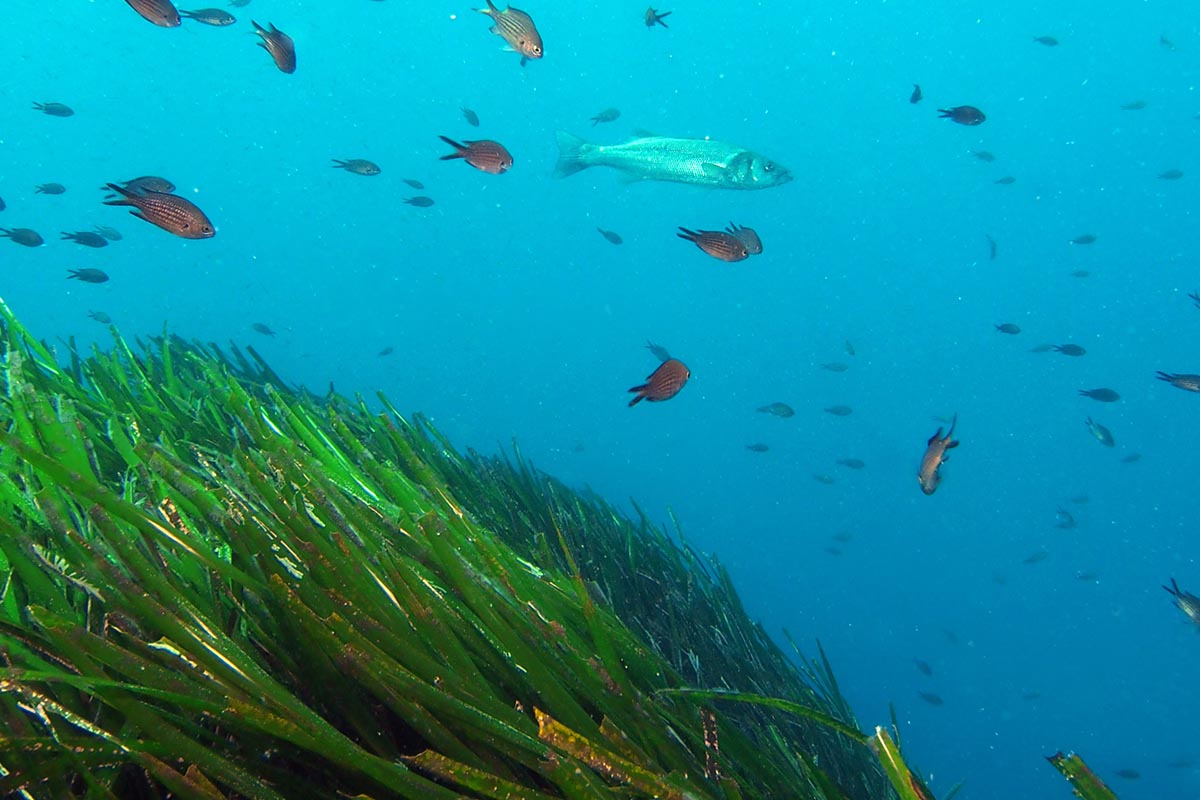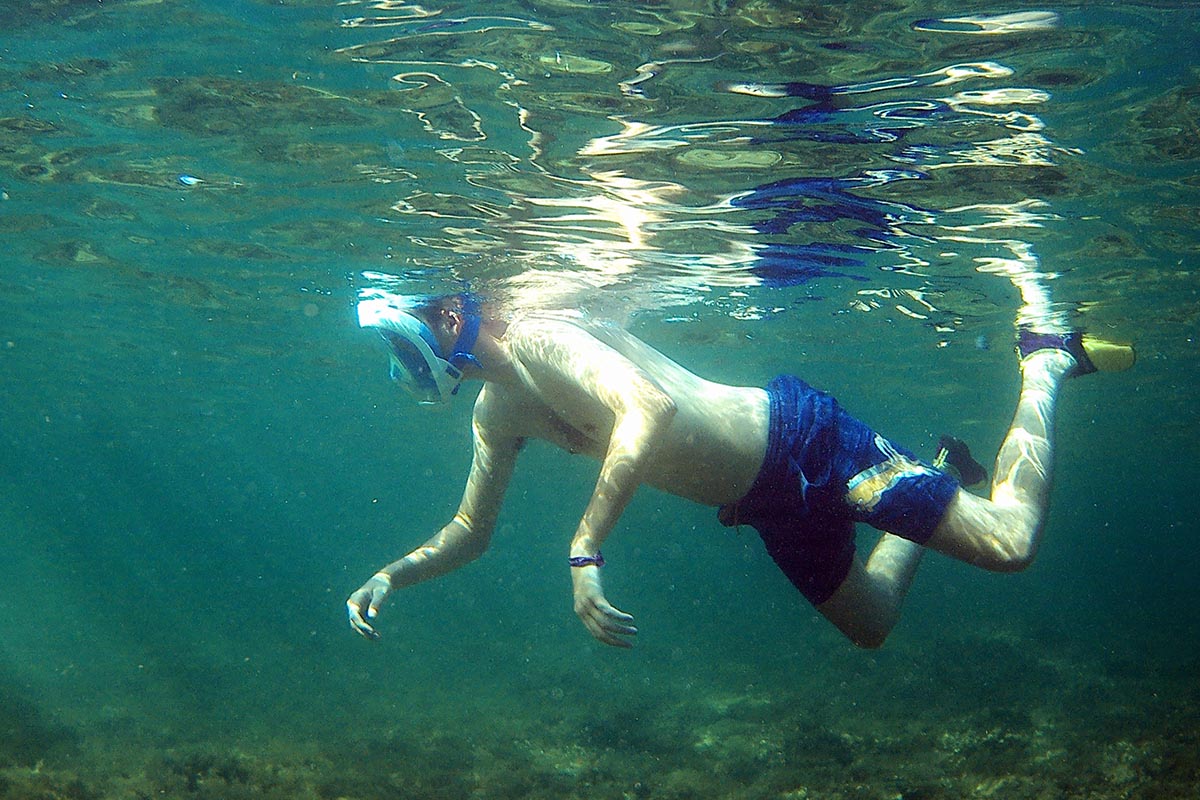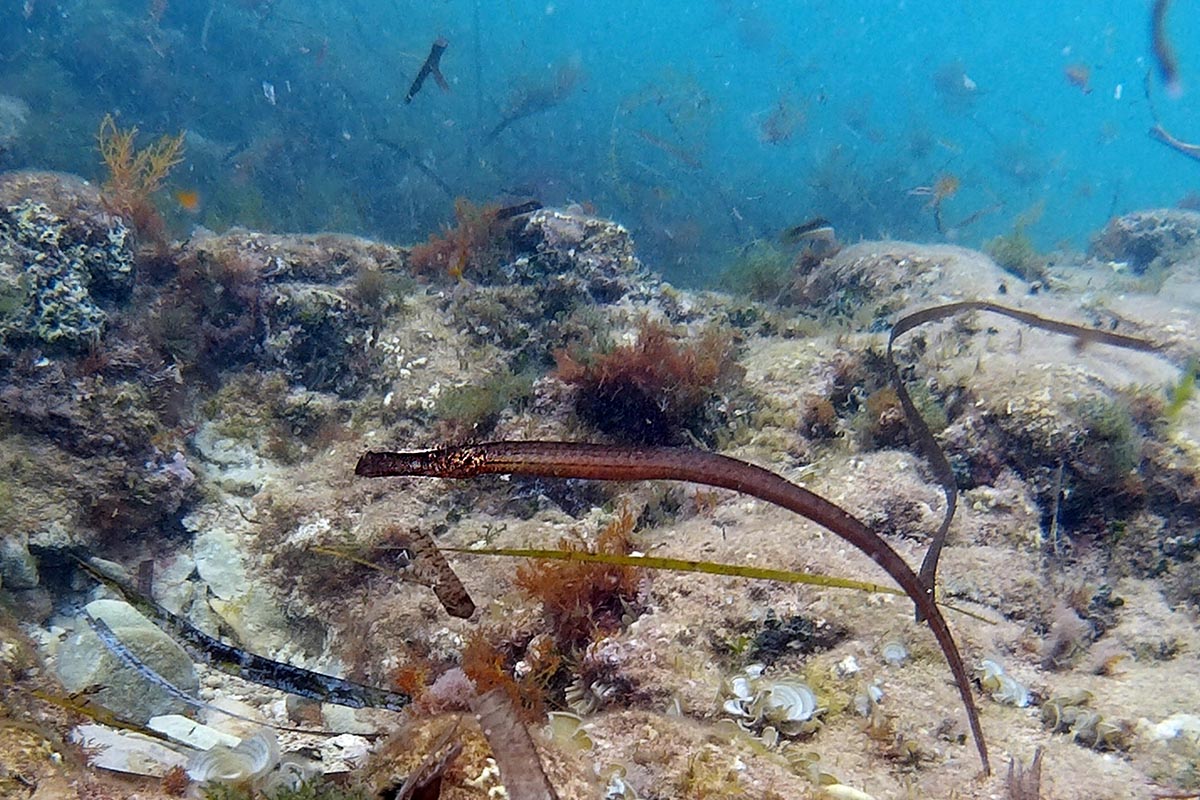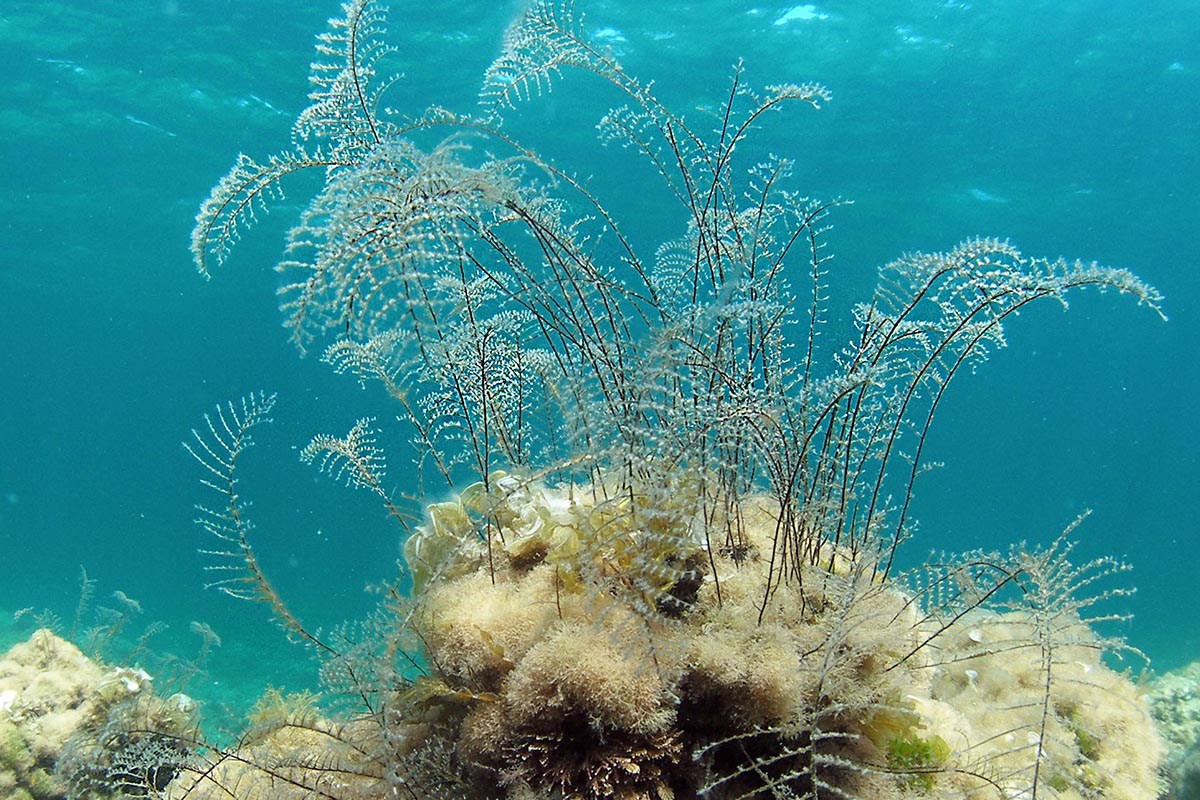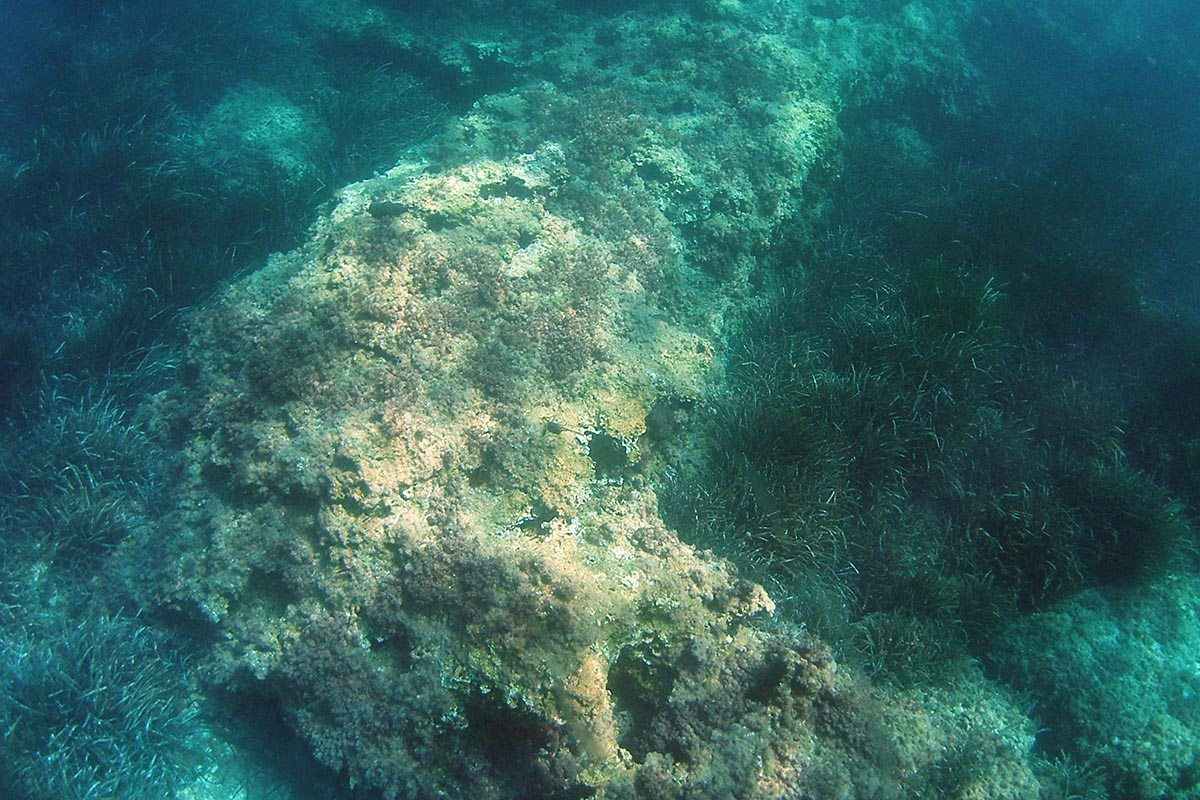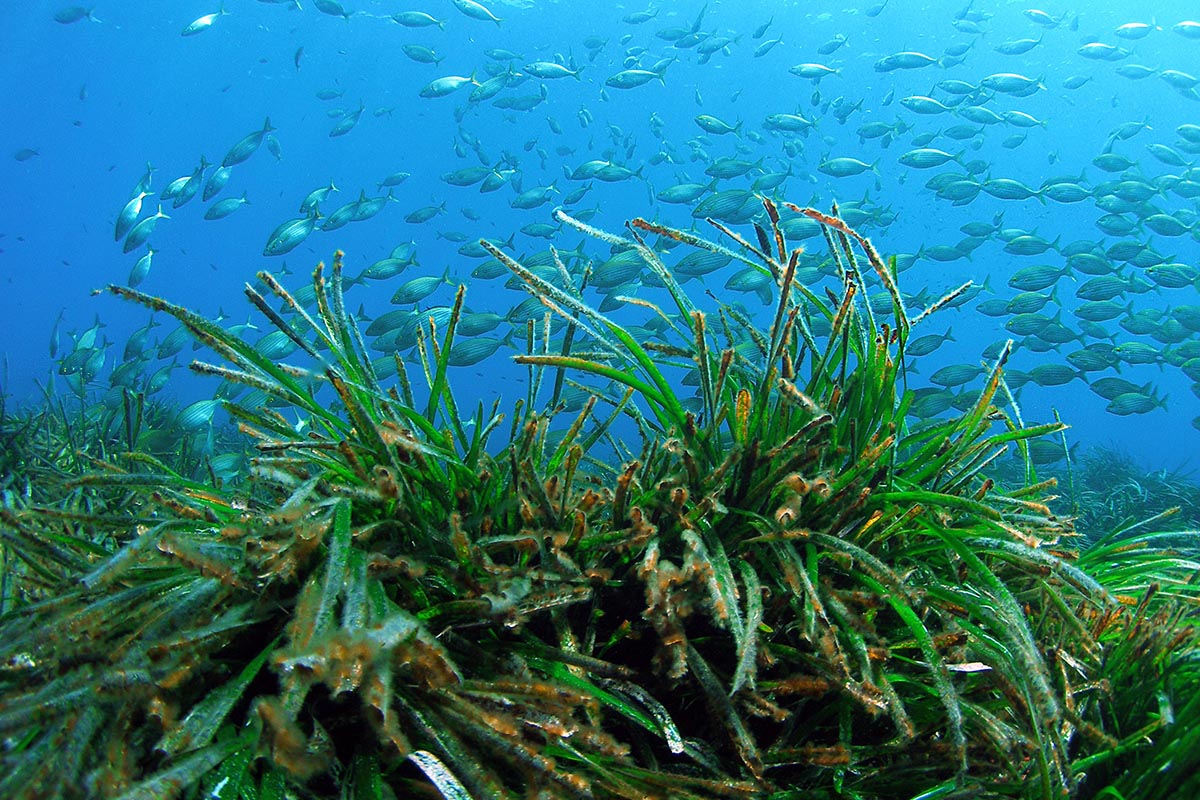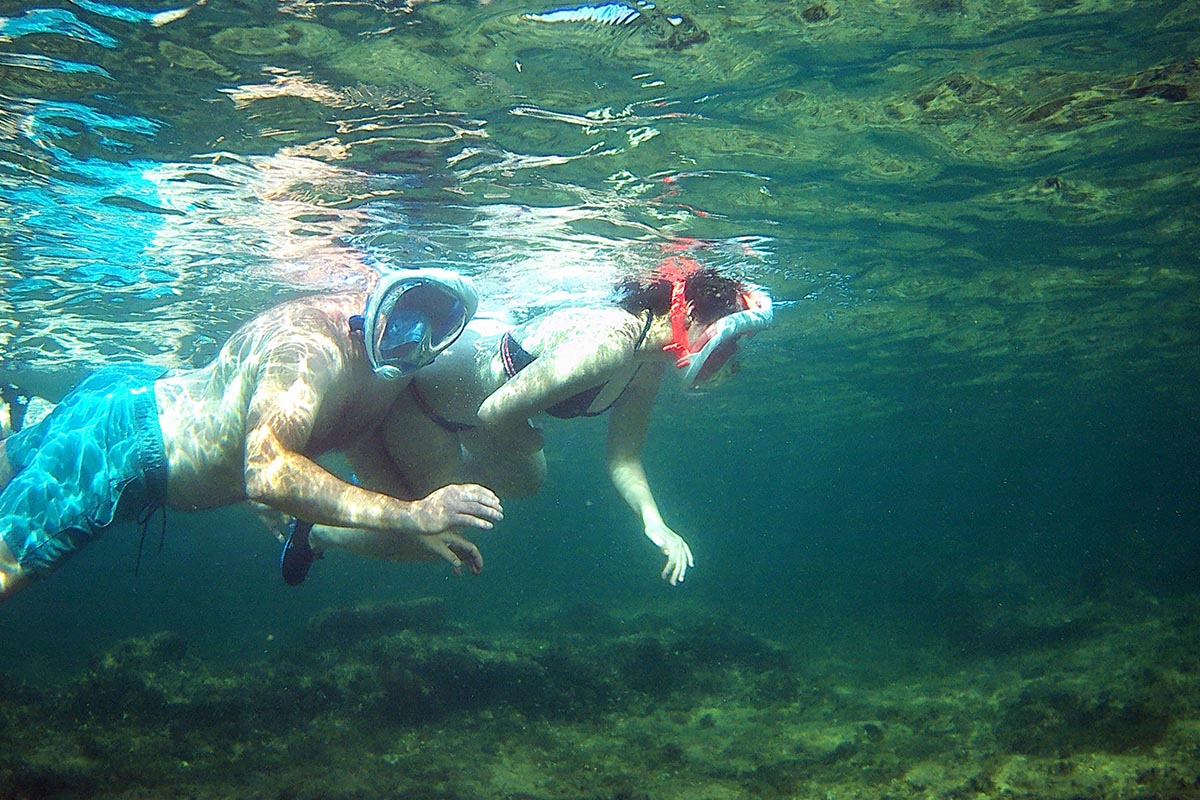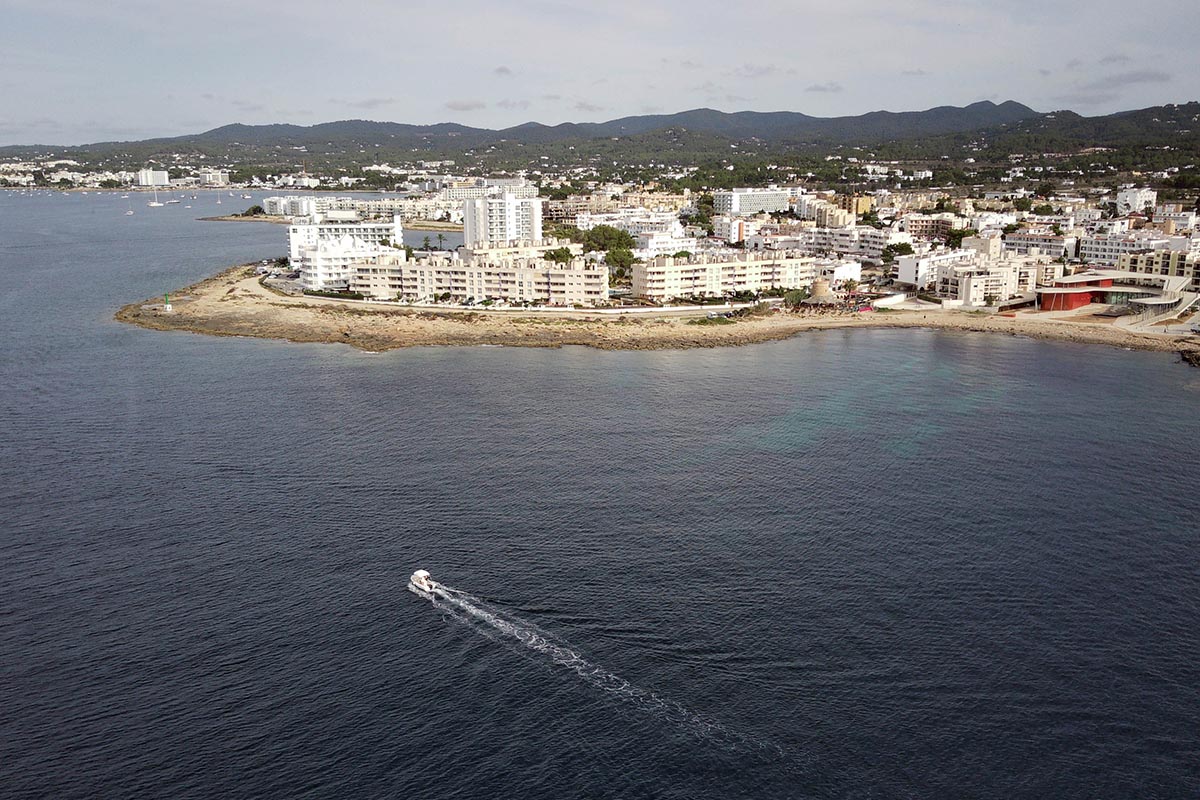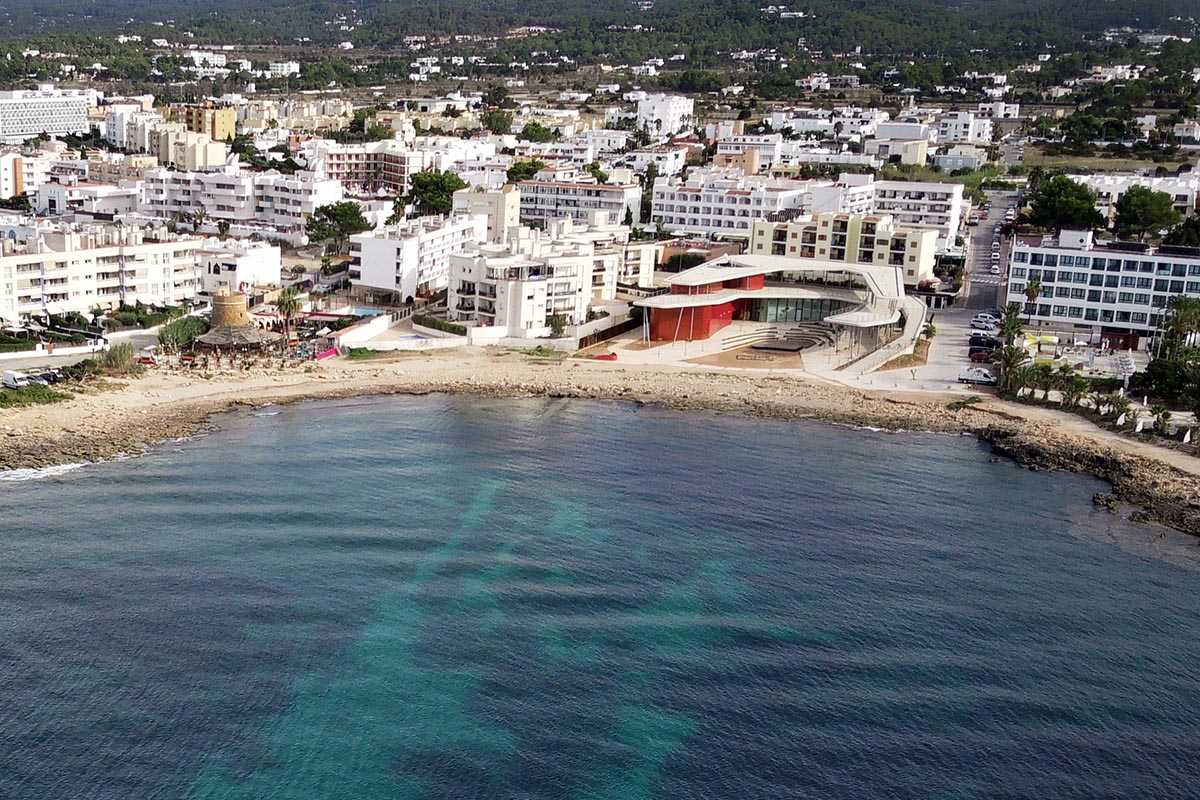Ses Salines d’Eivissa i Formentera
Located between the two Pitiüses Islands, the salt marsh natural park Ses Salines d’Eivissa i Formentera, along with the adjacent marine and land reserves, sprawls from the south of Eivissa to the north of Formentera, and covers the channel that separates the two islands, with a land area of some 2752.5 hectares (1,776.3 of which belong to the park and 106.8 to the nature reserve) and an aquatic area of 14,028 hectares (13,611 of which correspond to the park and 416.9 to the nature reserve).
The Ses Salines d’Eivissa i Formentera Natural Park is a prime example of the Mediterranean’s rich biodiversity. The uniqueness of this park resides in the fact that it is a rest area and a nesting ground for countless birds, along their migratory paths. As a Natural Area of Special Interest, the park includes a diverse range of land and marine habitats of vast international ecological, landscape, historical and cultural value.
Other measures of official protection
The Marine Reserve of Es Freus d’Eivissa i Formentera (Decree 63/1999, of 28 May).
The site forms part of the Balearic contribution to the Natura 2000 Network. It is also a Site of Community Interest and an Area of Special Protection for Birds, by virtue of the Resolution of the Regional Parliament of 3 March 2006 and Decree 29/2006 of 24 March.
Moreover, the ponds of Ses Salines are listed on the Ramsar List of Wetlands of International Importance.
Interpretation Center of Sant Francesc de Ses Salines
Information about the Natural Park of Ses Salines d’Eivissa i Formentera.
Visits on Winter: Wednesday to Sunday from 10:00 to 14:00 h.
Visits on Summer: Monday, Tuesday and Sunday from 9:00 a.m. to 2:00 p.m. and from 2:30 p.m. to 4:00 p.m. / Wednesday, Thursday, Friday and Saturday from 9:00 a.m. to 2:00 p.m. and from 2:30 p.m. to 9:00 p.m.
Ses Salines road – Sa Canal PM 802, km 2
Phone: 971 177 688 Ext 3 i 4.
Free entry
More information www.balearsnatura.com


